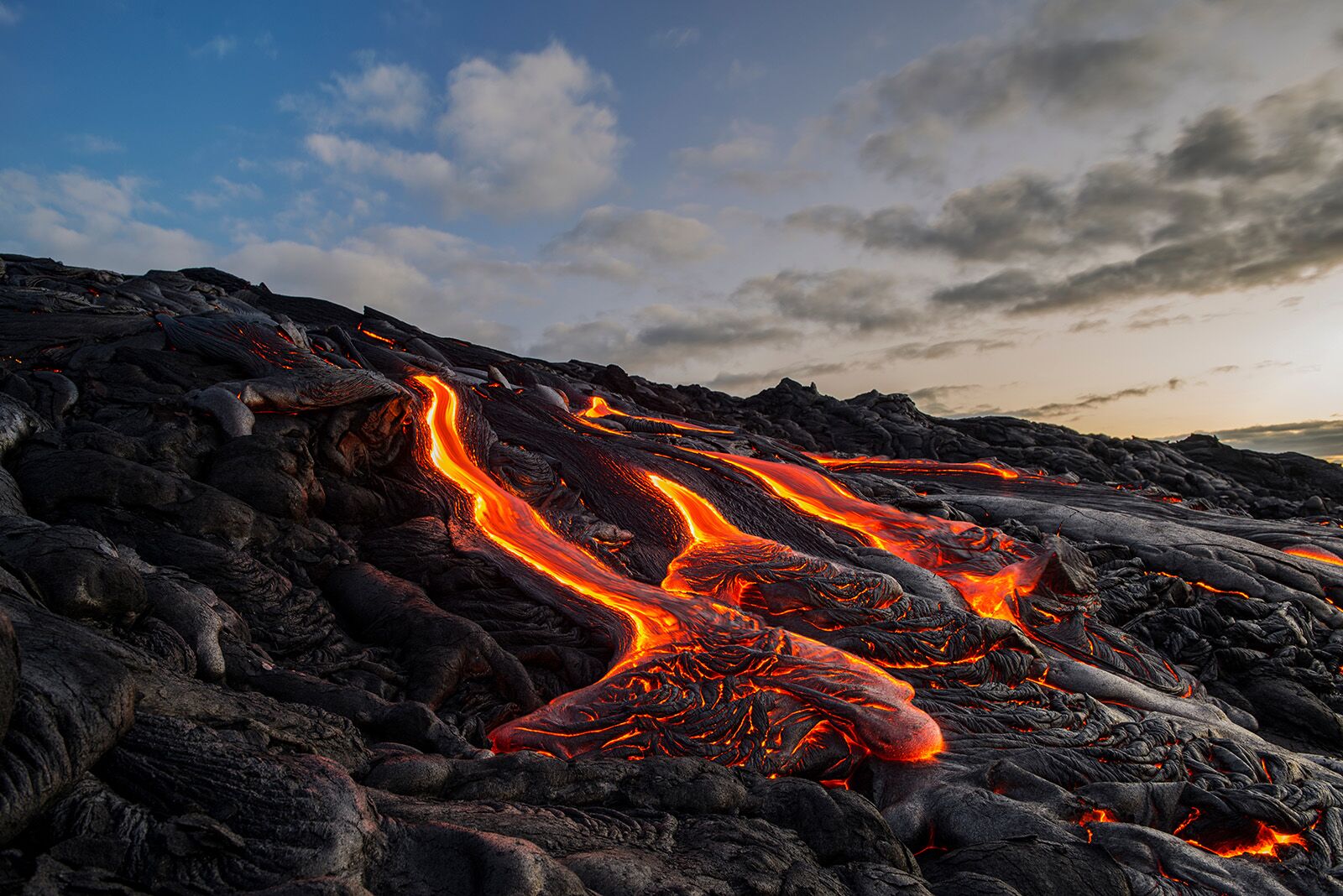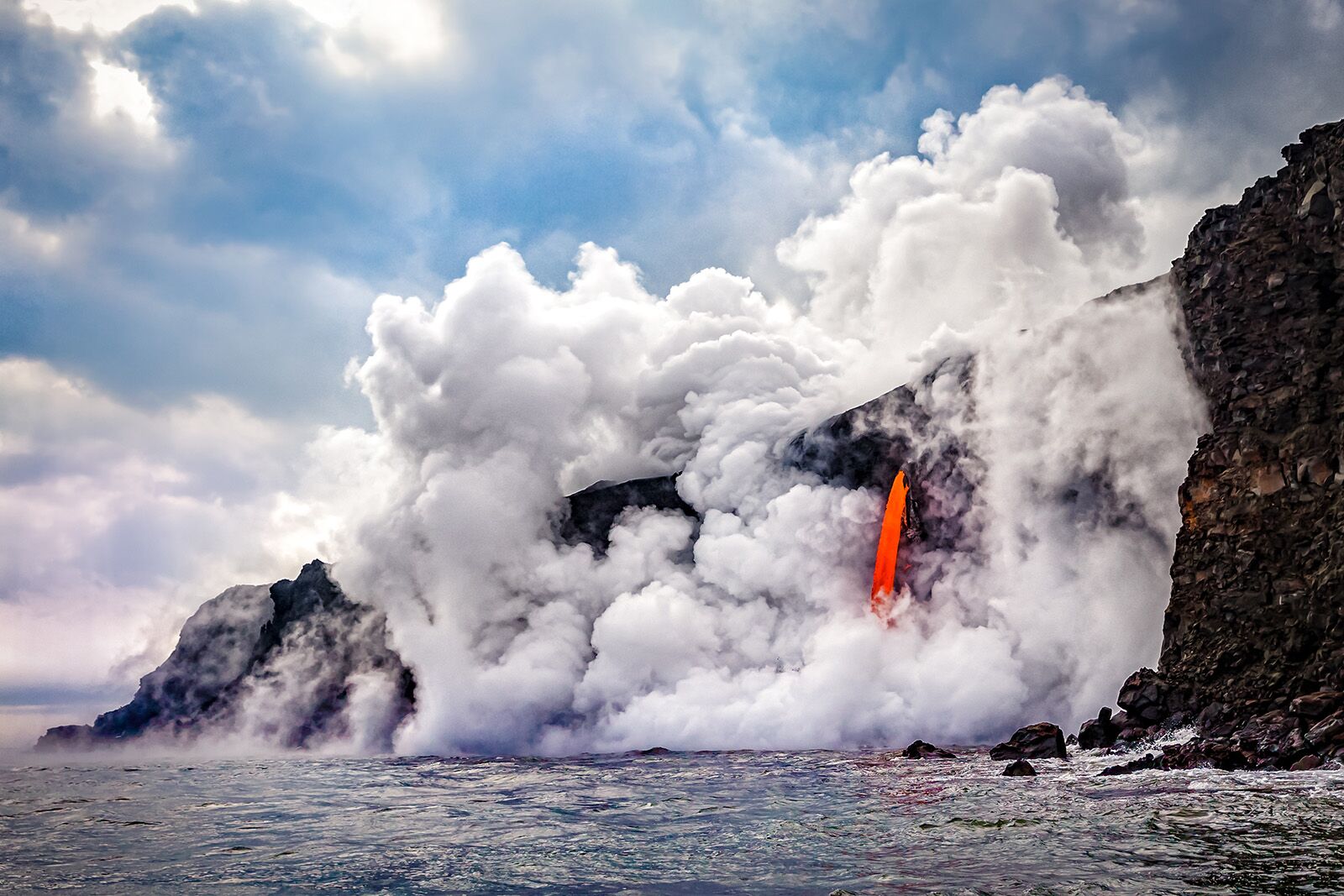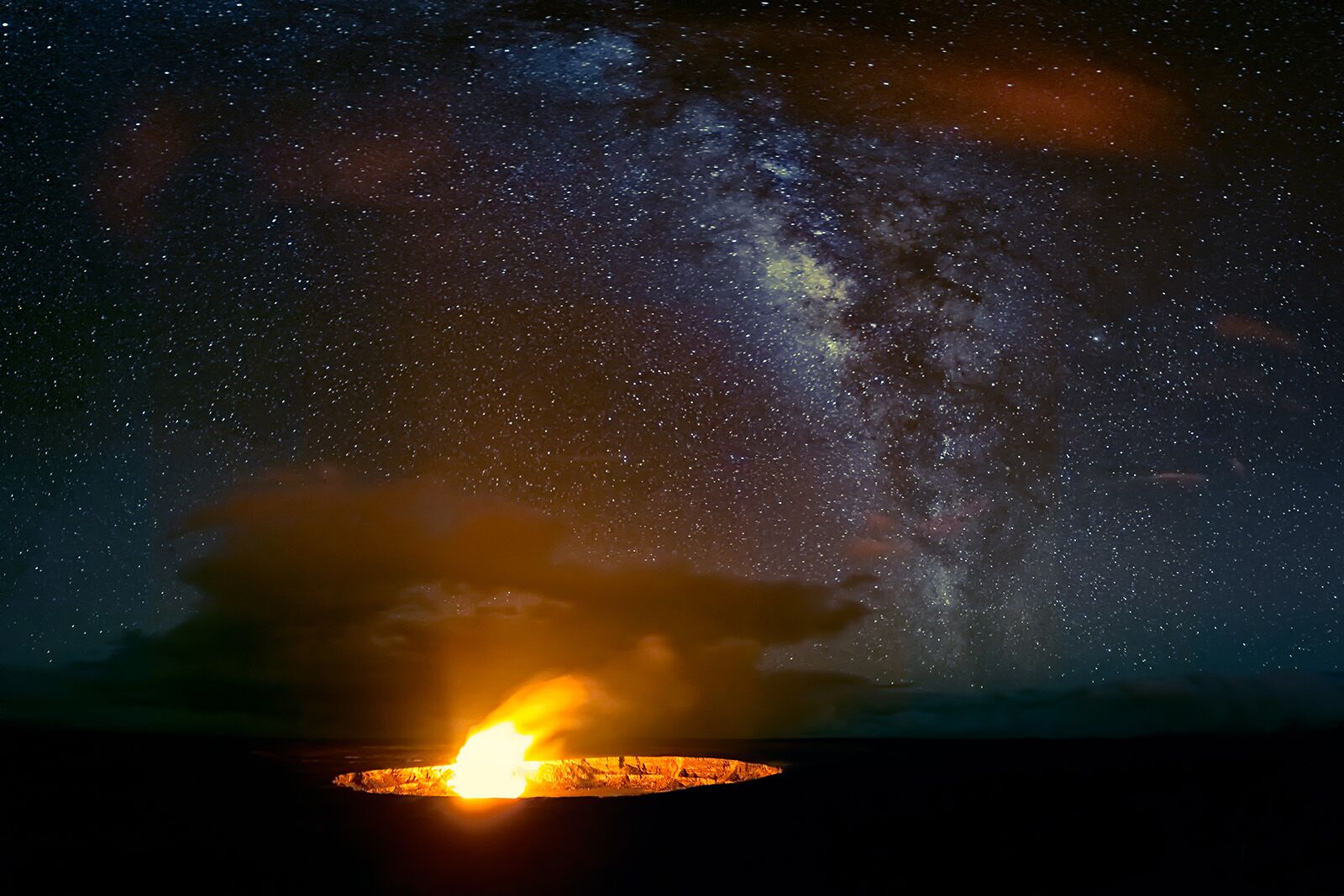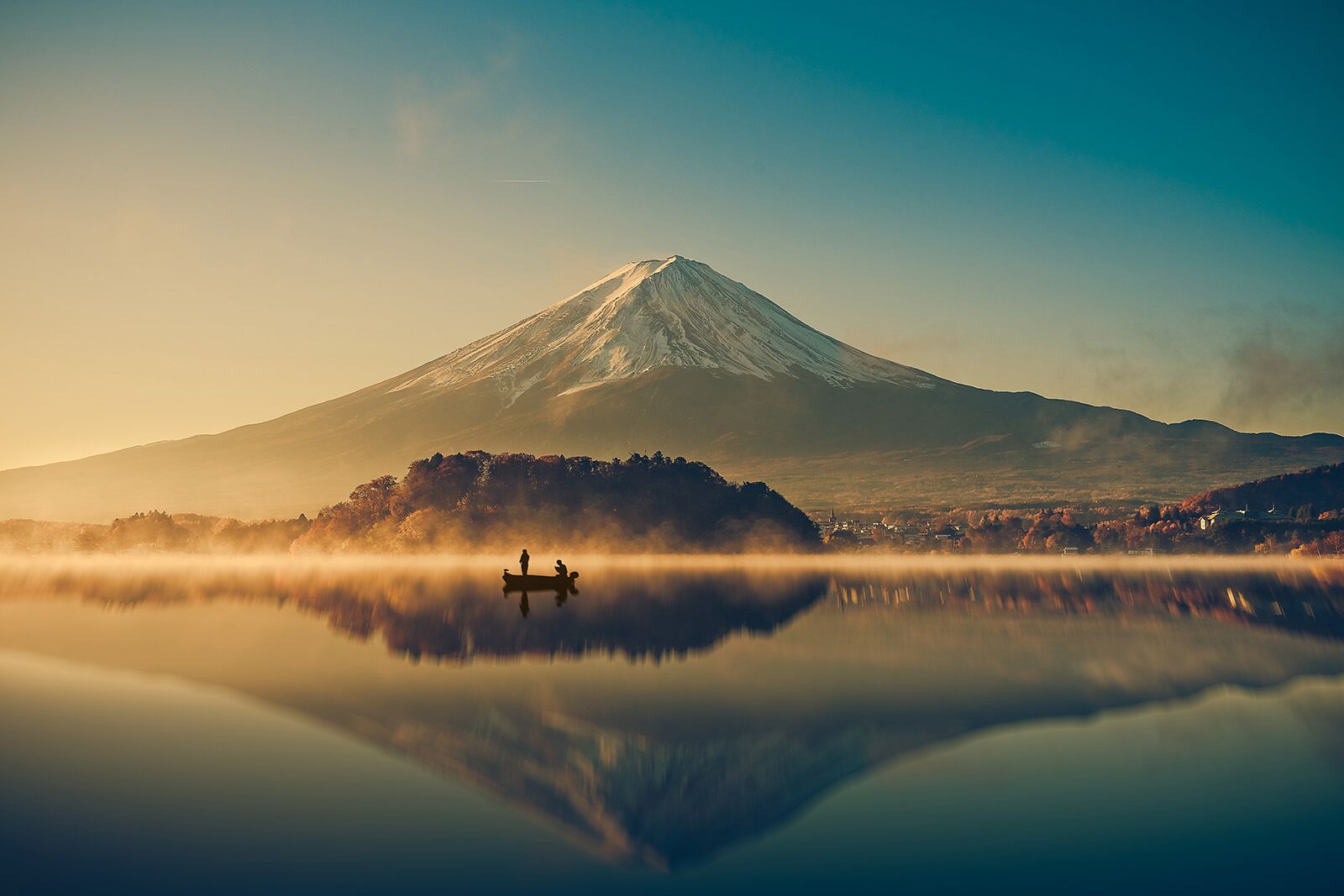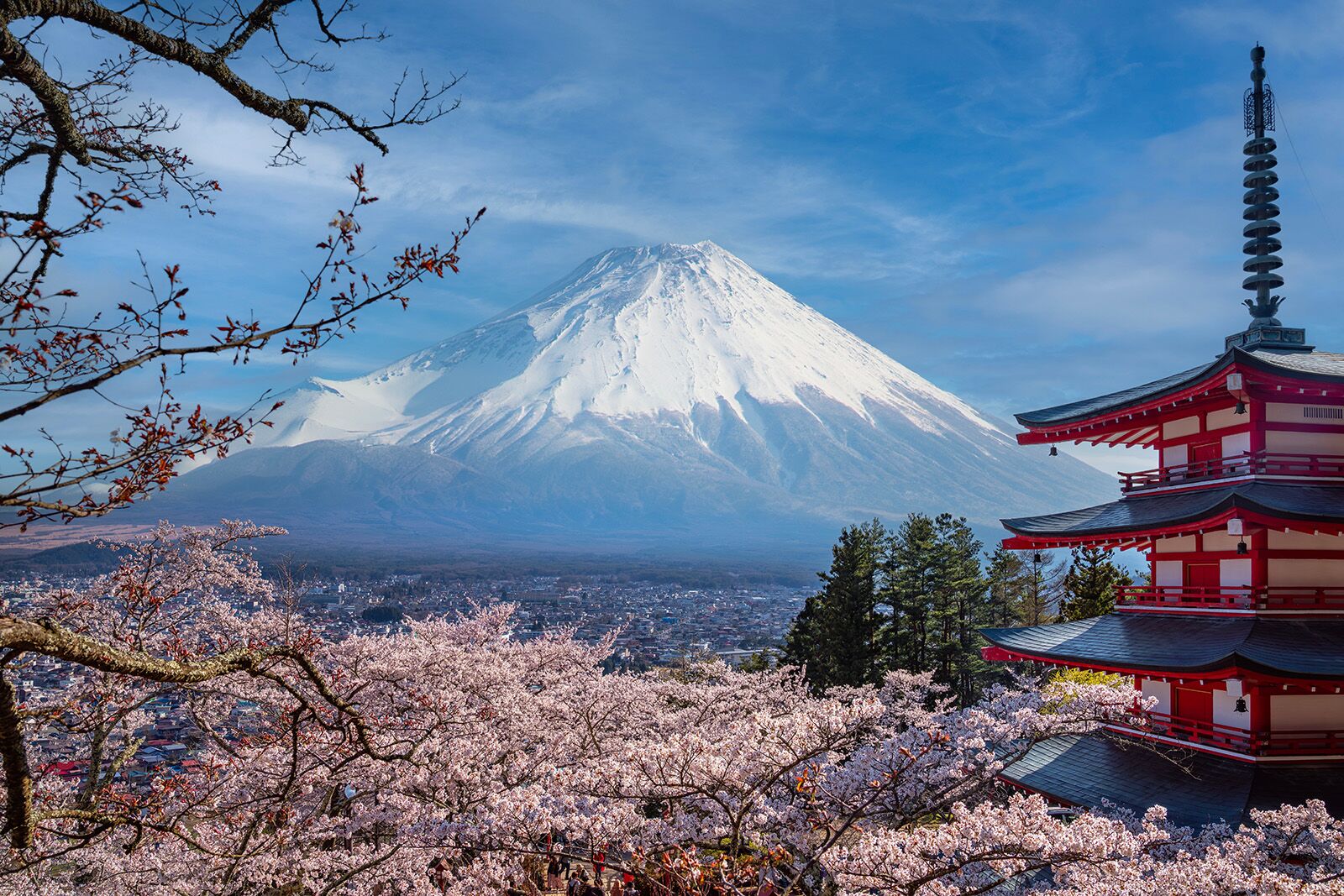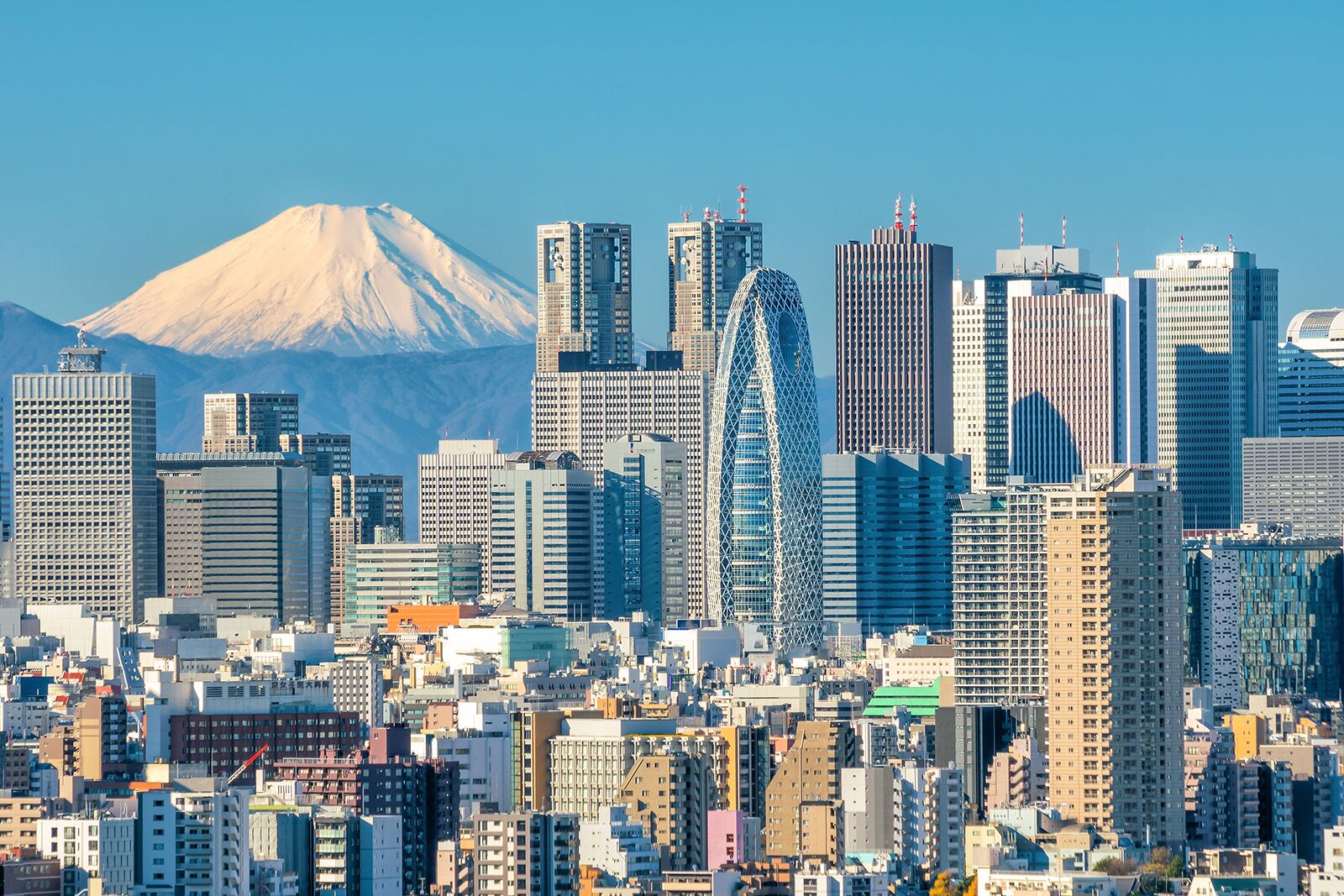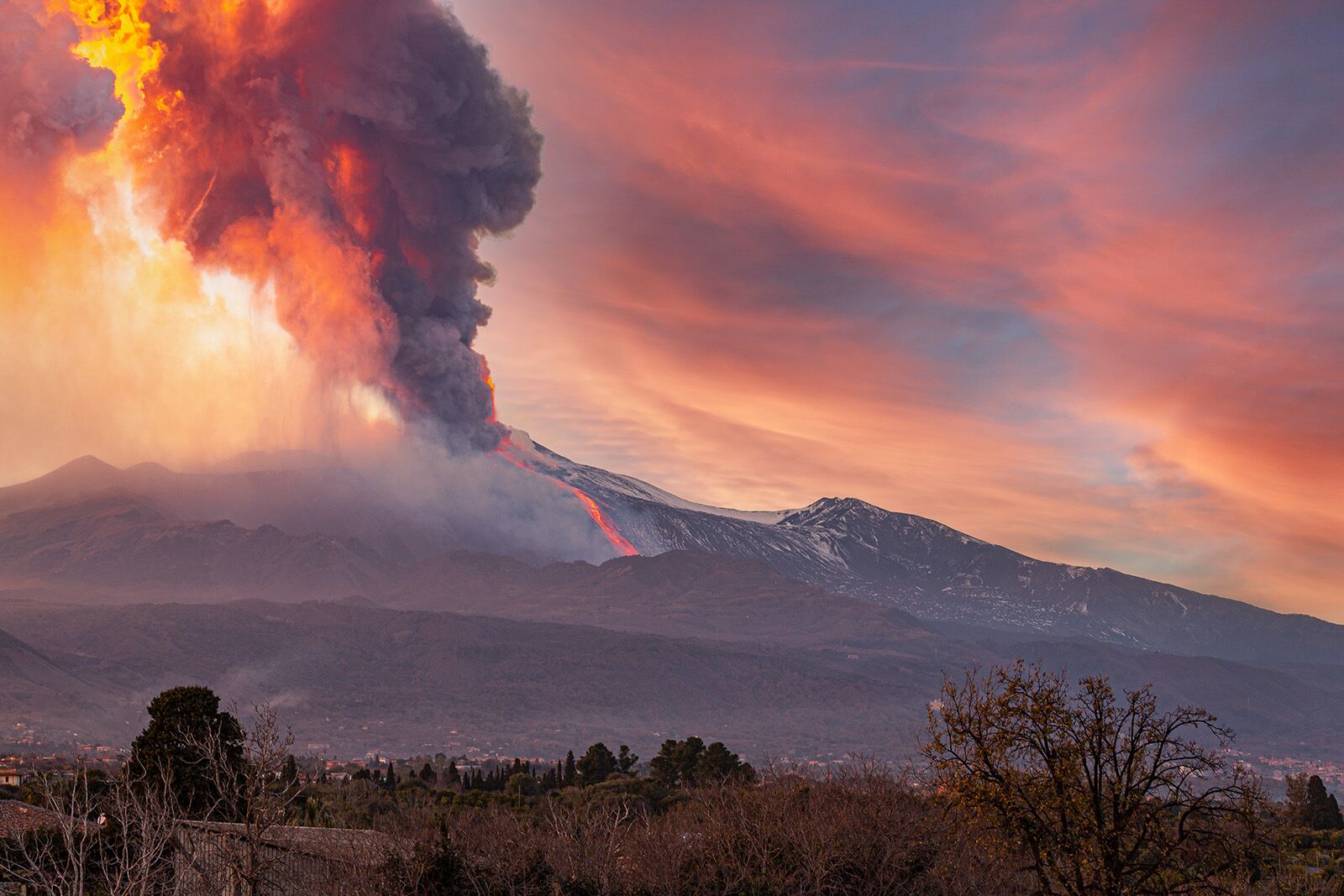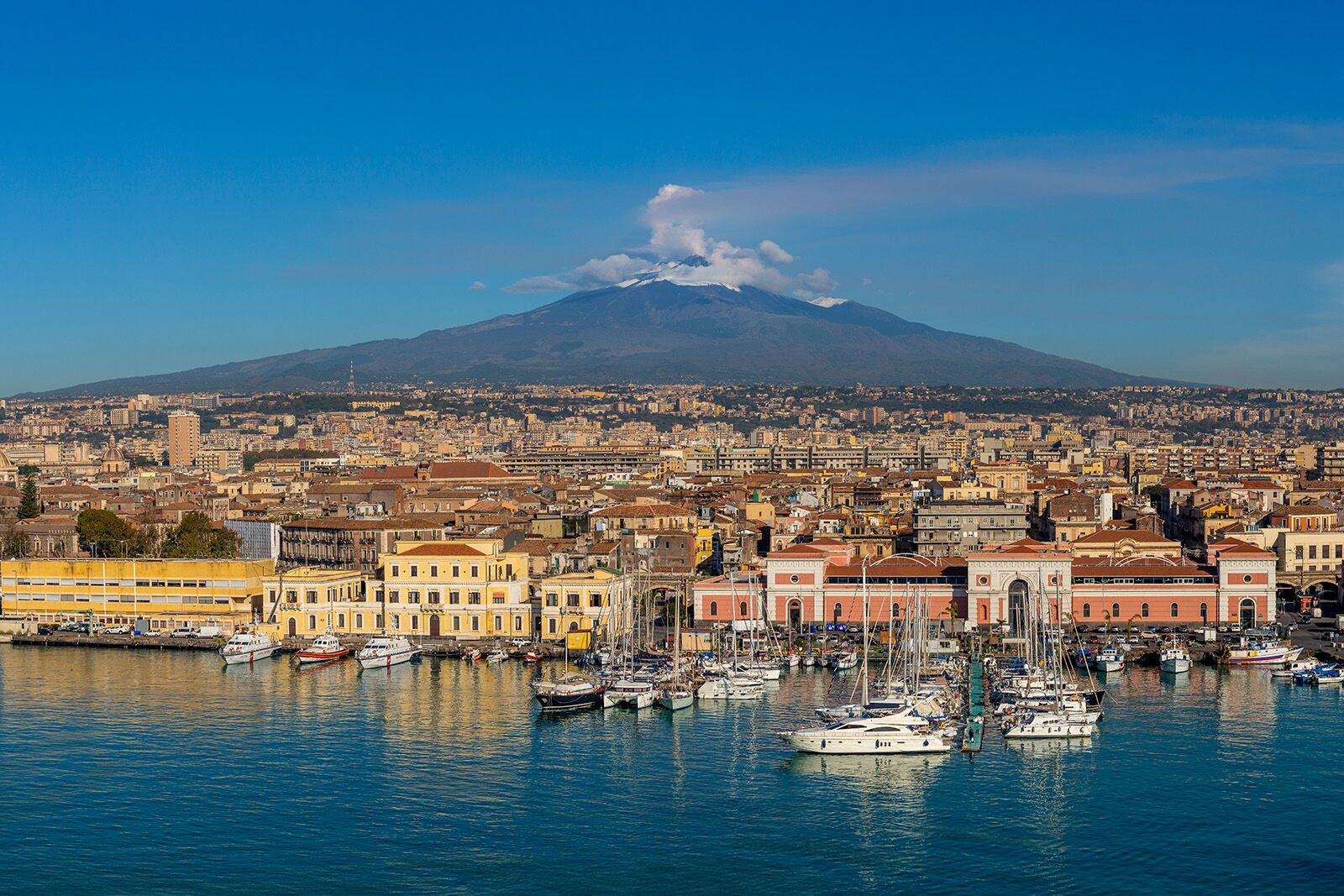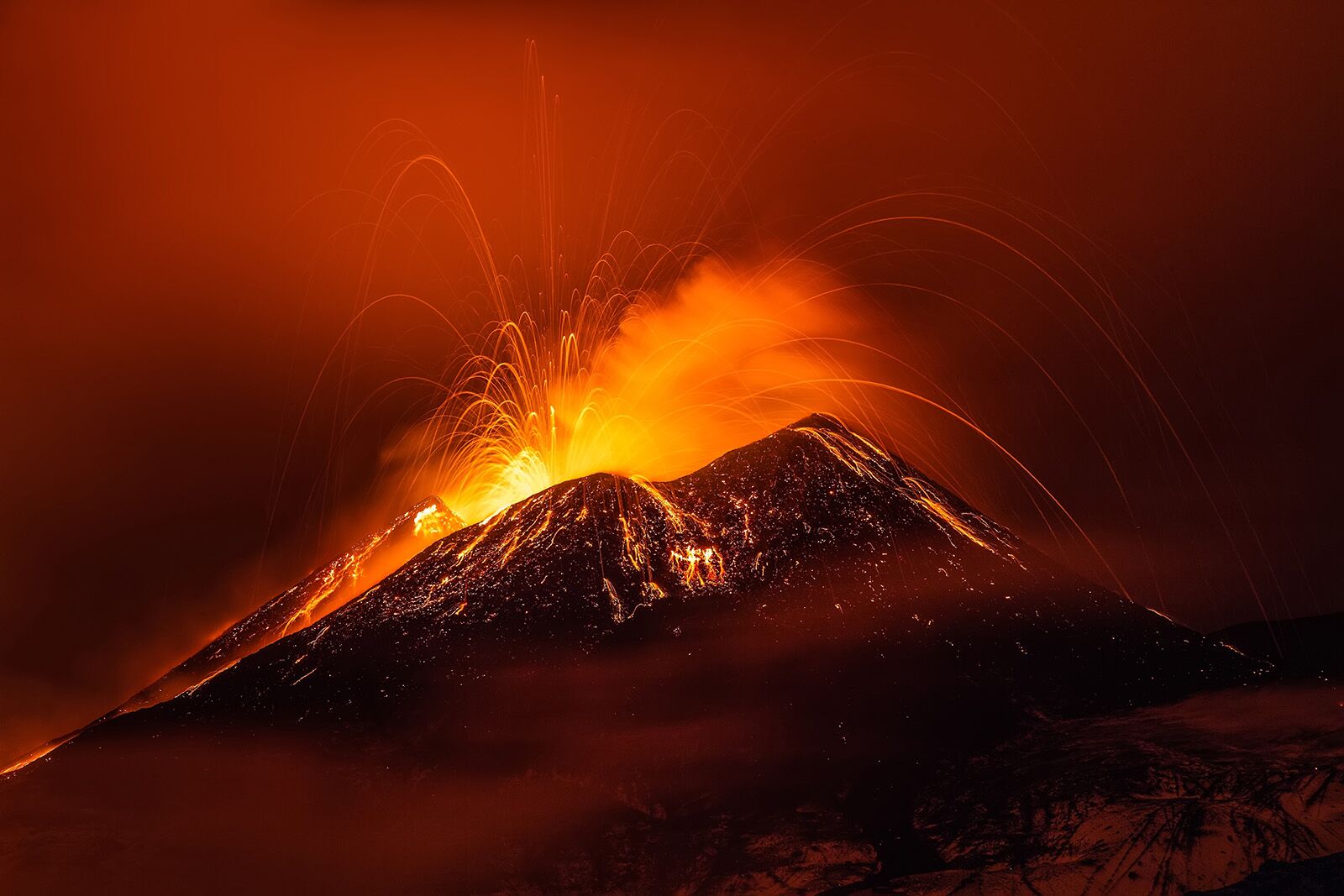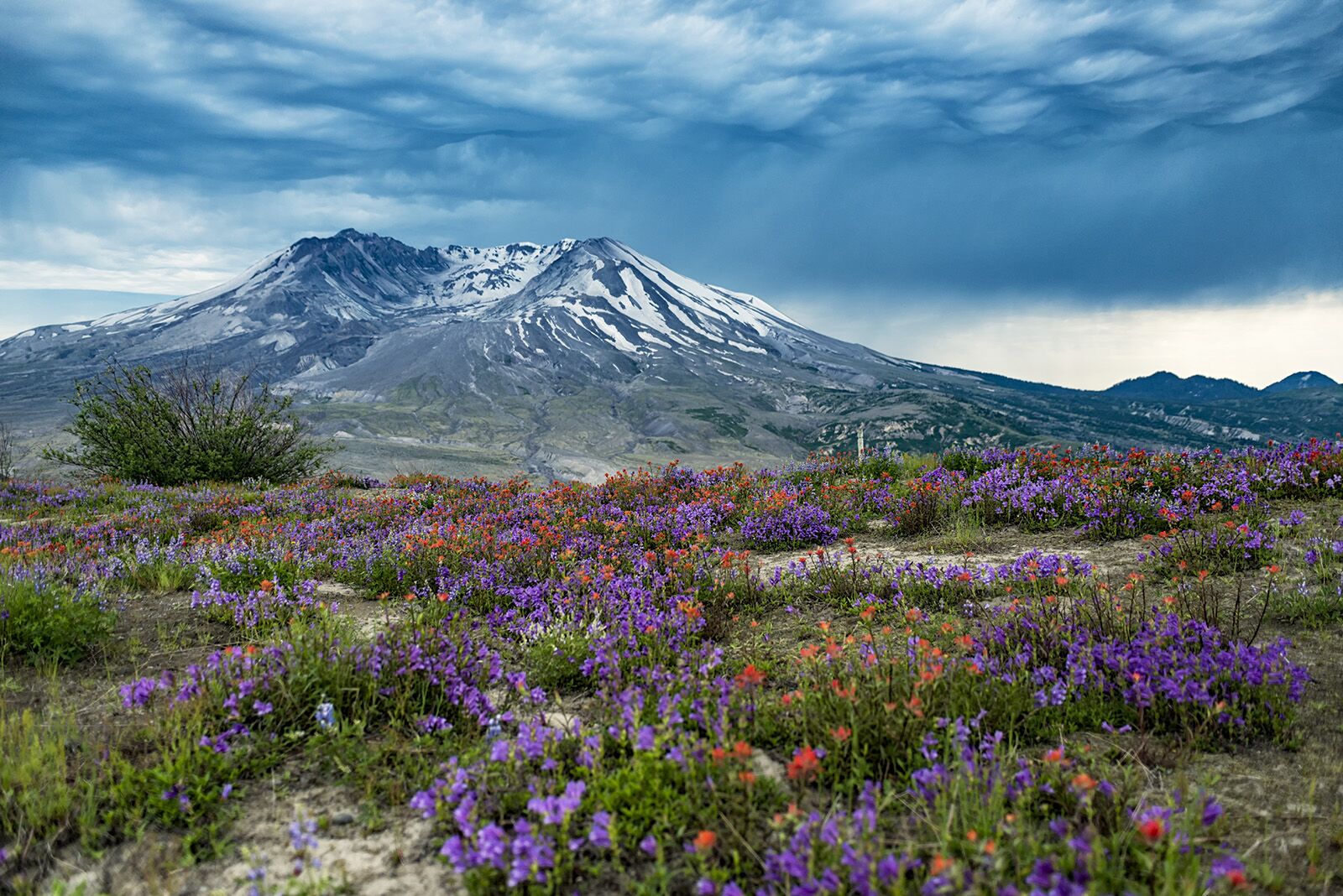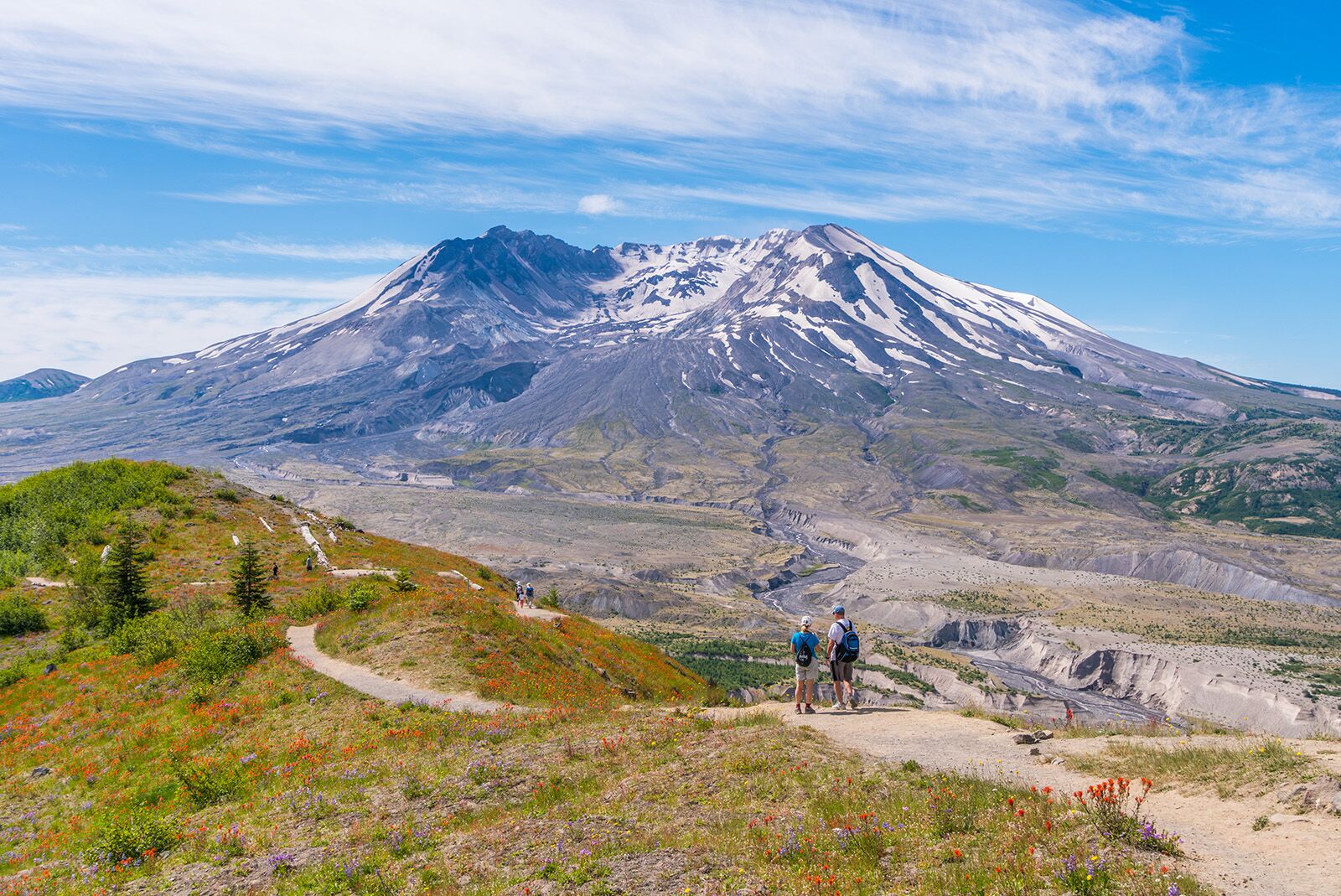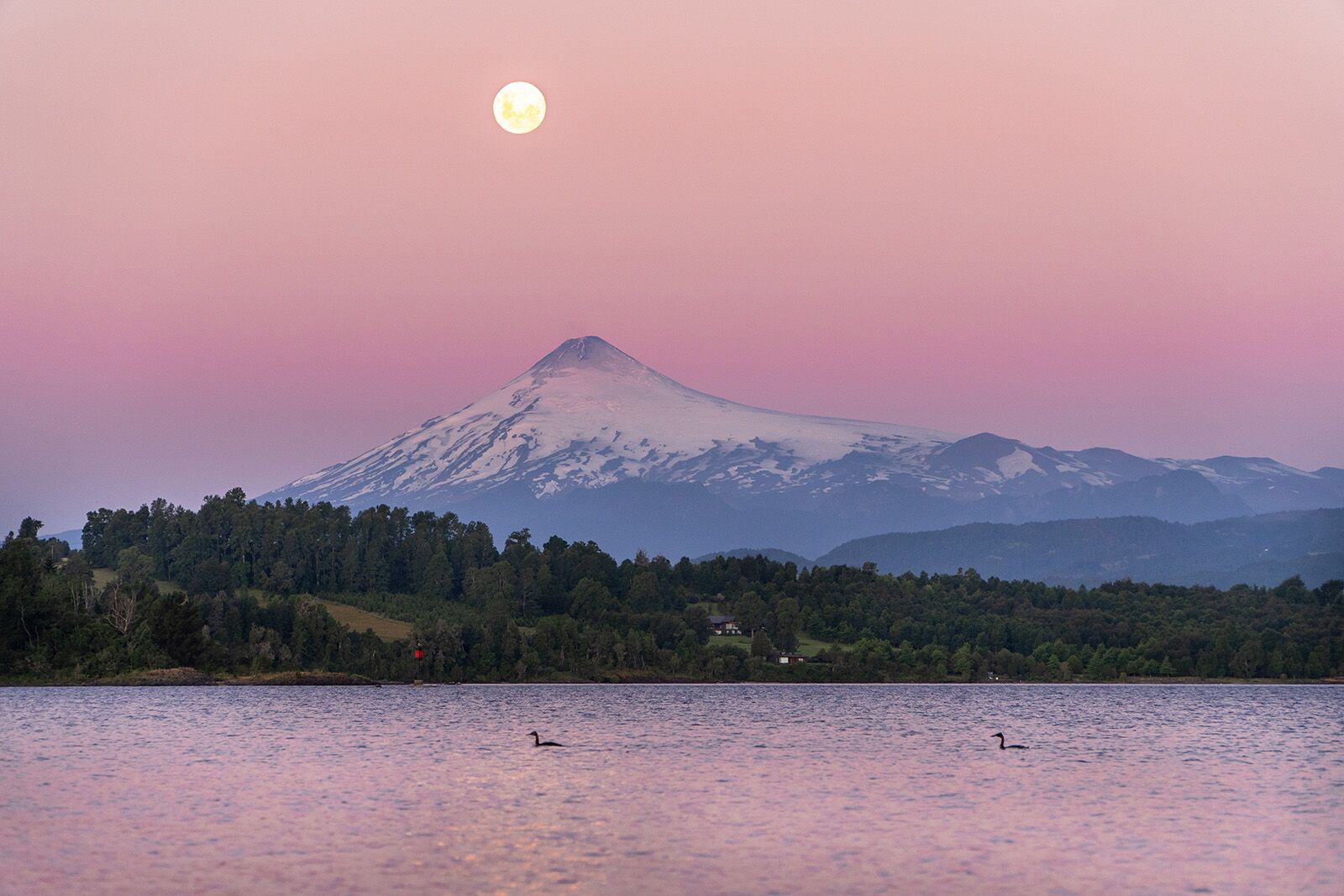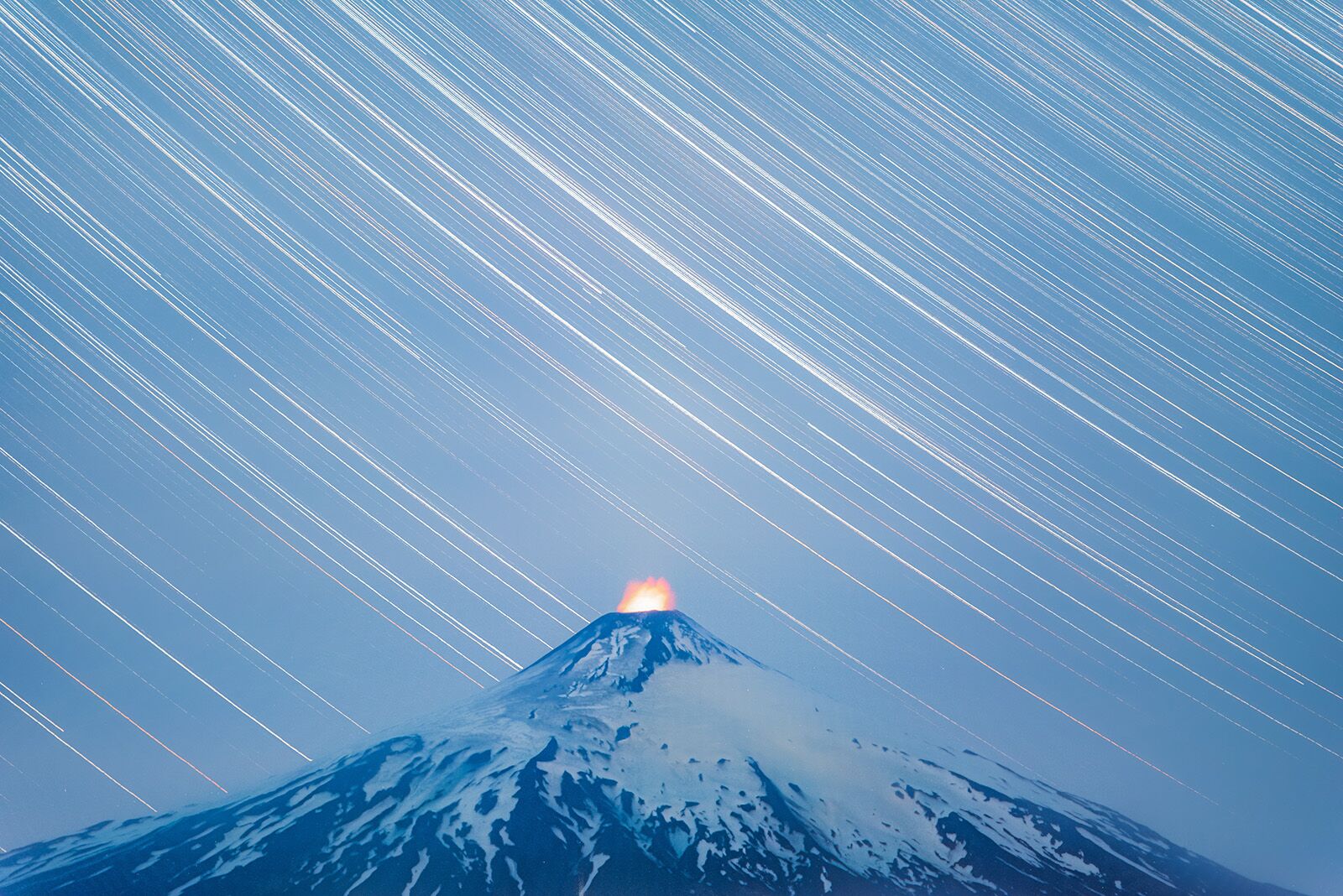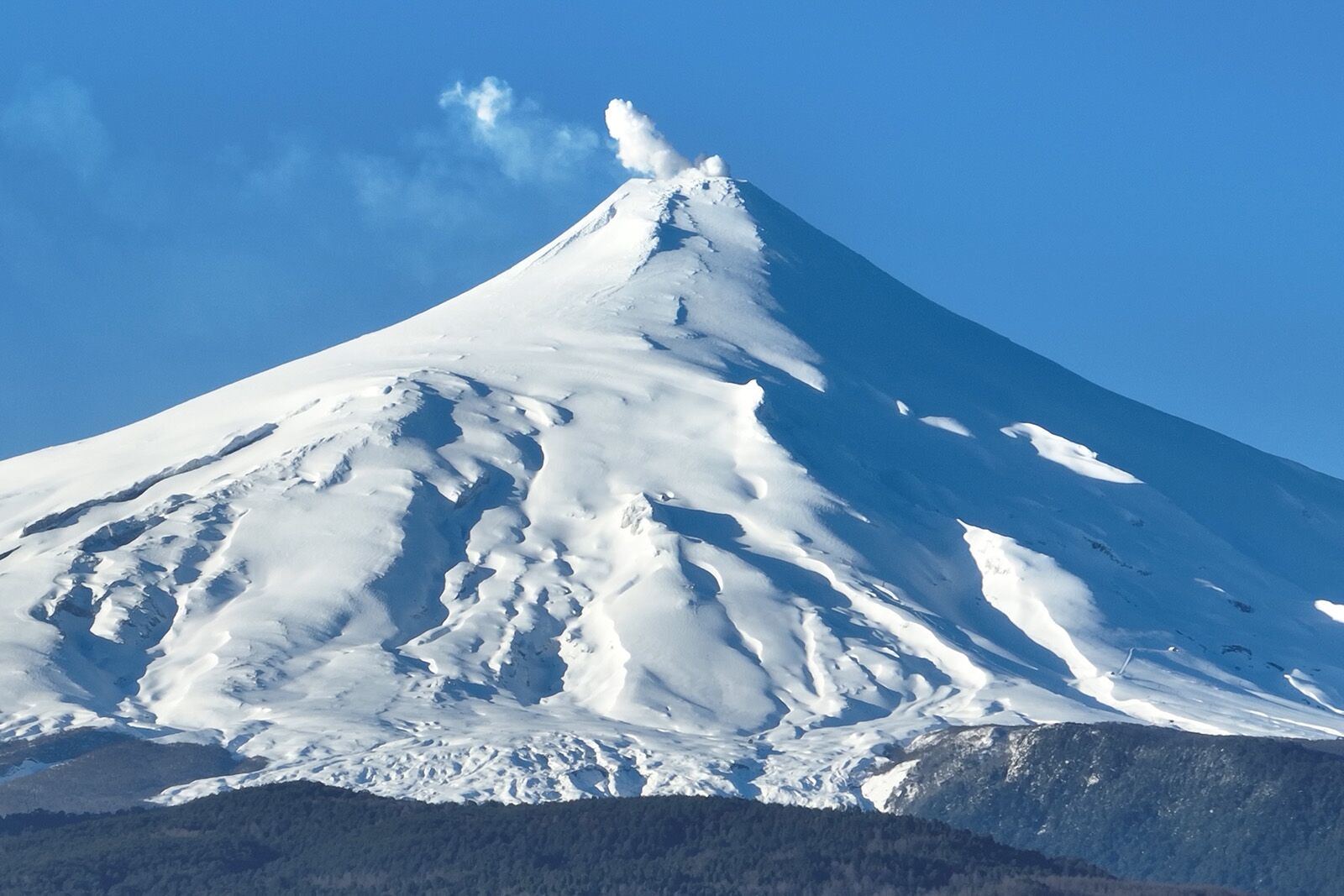Volcanoes are a stark reminder that our planet is alive and constantly evolving. They connect the world above to the immense geological forces at work beneath the surface, shaping landscapes and ecosystems in dramatic — and sometimes catastrophic — ways. When a volcano erupts, it can release lava, ash, and gases with enough energy to transform entire regions, creating new land or destroying existing ecosystems.
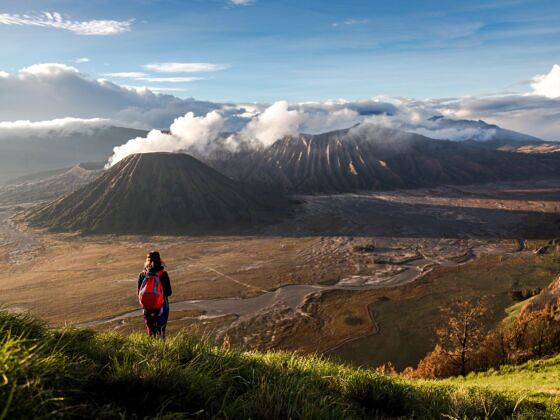

Exploring the 18 Coolest Volcanoes in the World: A Visual Guide
The 1980 Mount St. Helens eruption, for instance, unleashed a blast that flattened more than 200 square miles of forest, filled rivers with debris, and permanently reshaped the Pacific Northwest’s topography. In contrast, Iceland’s 2021 Fagradalsfjall eruption painted a different story, forming lava fields and turning barren terrain into a geological laboratory. These events, whether destructive or creative, tether us to Earth’s ancient history, reminding us of the planet’s unyielding power.
What do the coolest volcanoes in the world look like?
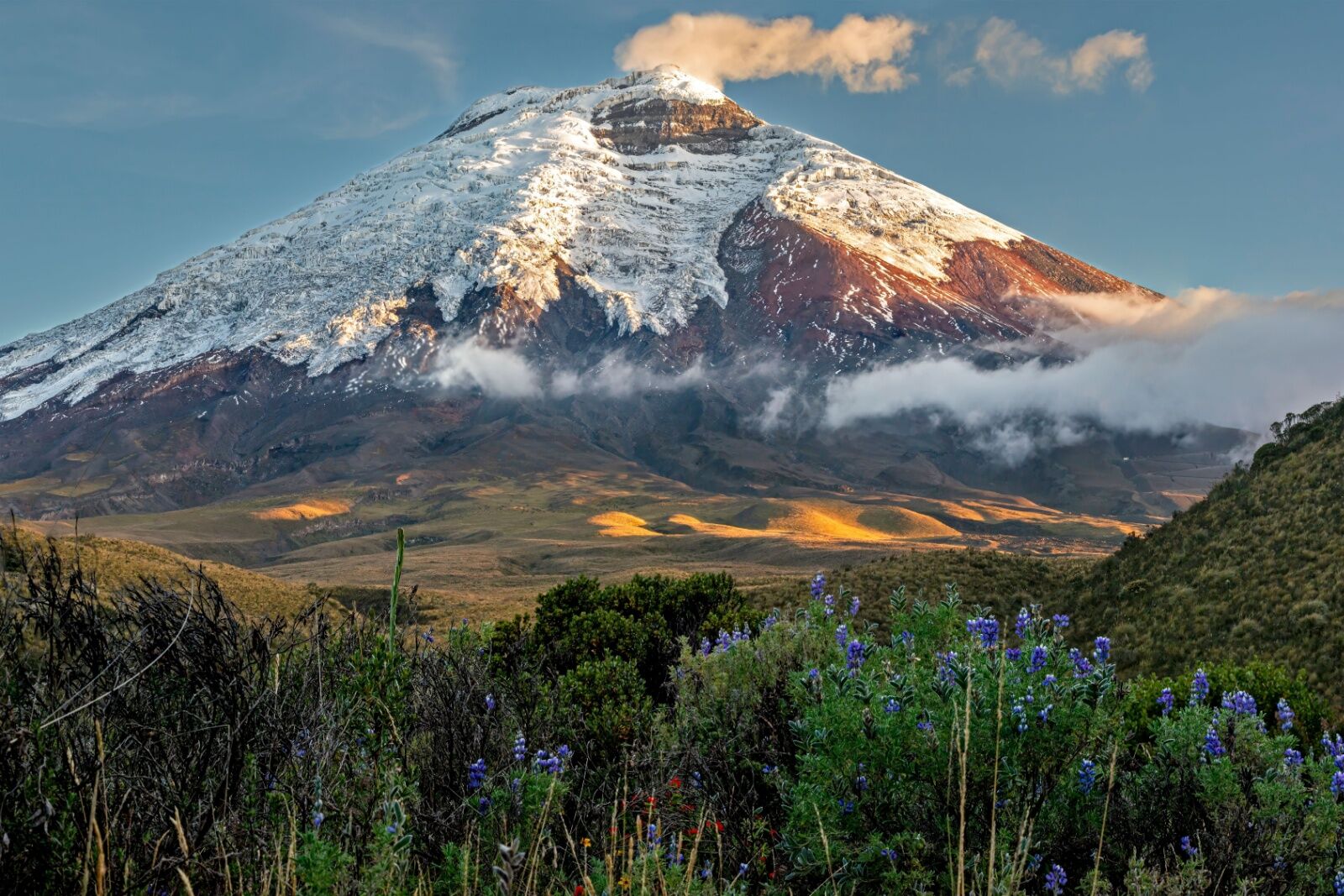
The north face of Cotopaxi in Ecuador. Photo: Henri Leduc/Shuttrstock
Volcanoes come in various shapes and forms, each shaped by geological forces and past eruptions. Visually, they can range from towering, snow-capped peaks to wide, inconspicuous mounds.
Some of the coolest volcanoes in the world are composite volcanoes, also called stratovolcanoes; they’re the archetypal “volcano” shape. These symmetrical cones rise from their surroundings and include internal layers of lava and ash. Their snow-capped summits often hide simmering, unpredictable activity. Examples include Mount St. Helens or Mount Fuji.
Shield volcanoes are broad and gently sloping, akin to a warrior’s shield. Lava from explosions travels long distances, creating vast, dark lava fields that can reshape landscapes, as with Hawaii’s Mauna Loa. Their eruptions tend to be less dramatic than those of composite volcanoes.
Cinder cone volcanoes are the simplest and smallest type, often no taller than a small hill. They usually have rough, reddish-brown slopes with a prominent crater at the summit, like Mexico’s Parícutin.
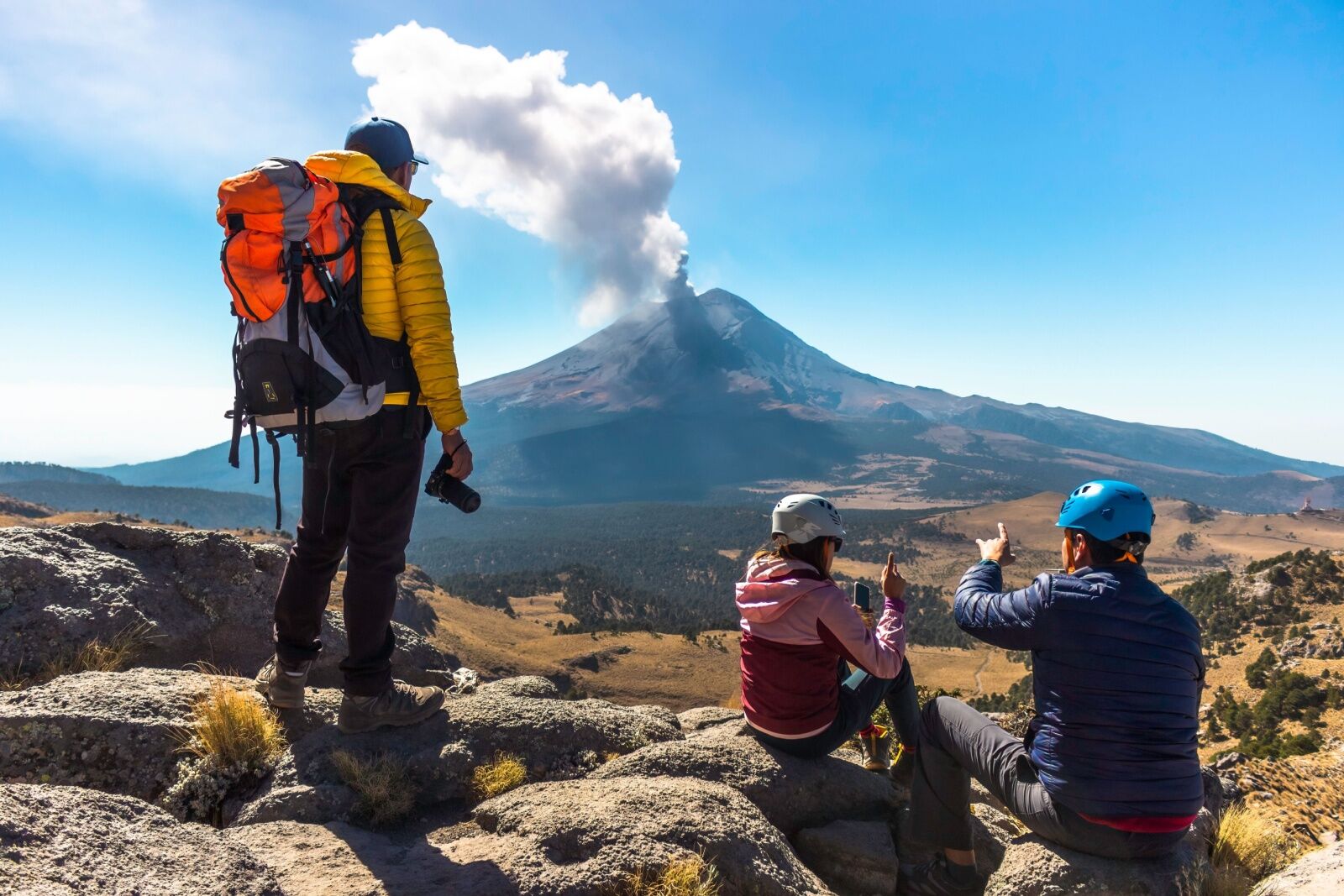
Hikers looking at the summit of Mexico’s Parícutin outside Mexico City. Photo: Nailotl/Shutterstock
Finally, volcanoes can form calderas — large depressions and valleys formed by the collapse of a magma chamber. Yellowstone National Park is a prime example, where a deceptively serene landscape hides one of Earth’s most powerful volcanic systems.
Activity levels of volcanoes are usually classified into one of three states: active, dormant, or extinct. A volcano that is currently erupting, has recently erupted, or shows signs of potential future eruptions is considered active. Dormant volcanoes haven’t erupted in a while, but are expected to erupt again in the future, and still may show subtle signs of activity, such as geothermal heat emissions or occasional tremors. An extinct volcano is no longer expected to erupt due to the lack of a magma supply. However, volcanoes can also be in states of transition: A “dormant” volcano can become active again, or a presumed “extinct” volcano can surprise scientists if tectonic activity resumes.
The coolest volcanoes in the world are a mix of all four types and range from active to extinct, in places ranging from Iceland to Indonesia, and everywhere in between.
Mount Bromo, Indonesia

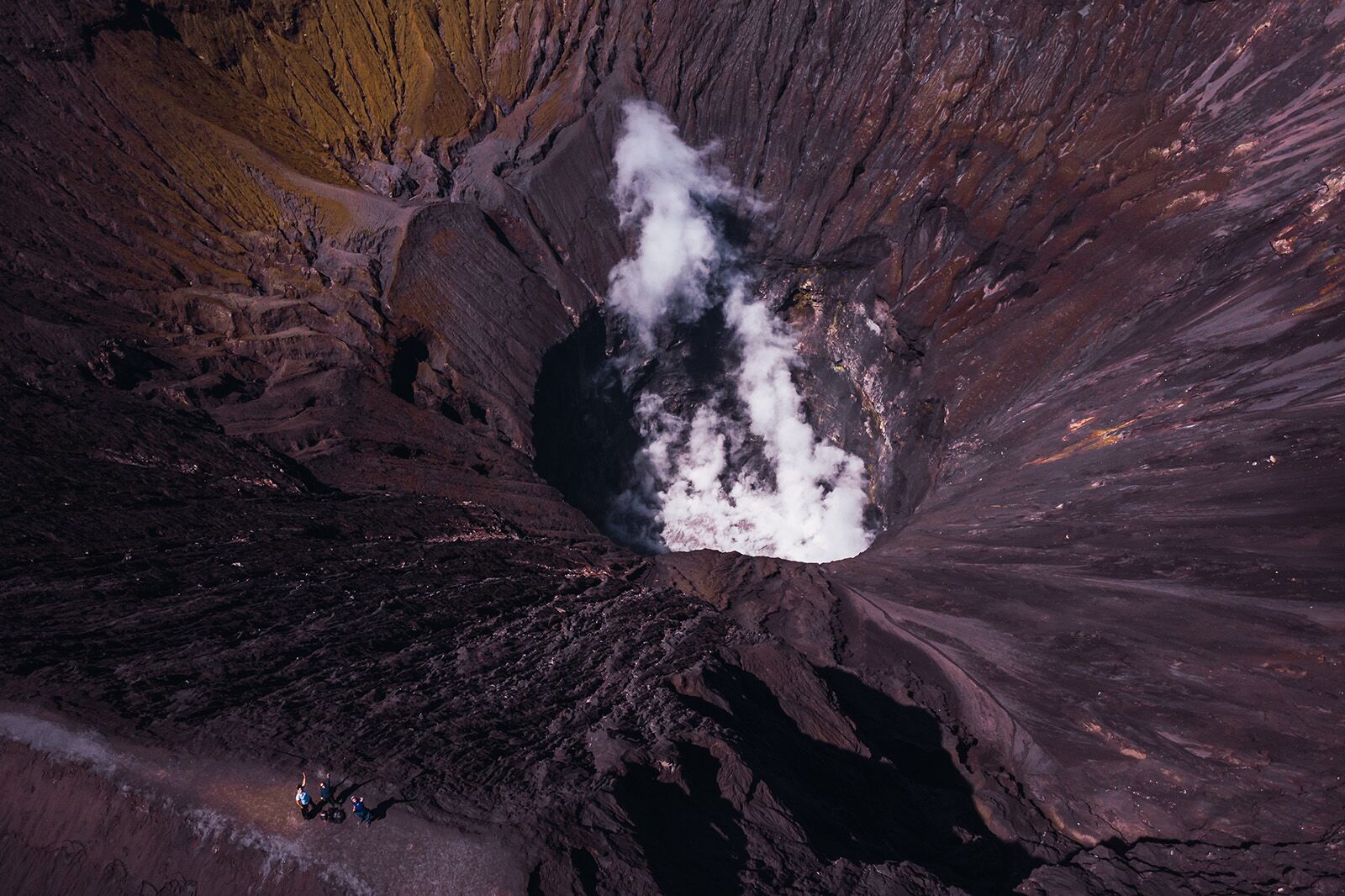
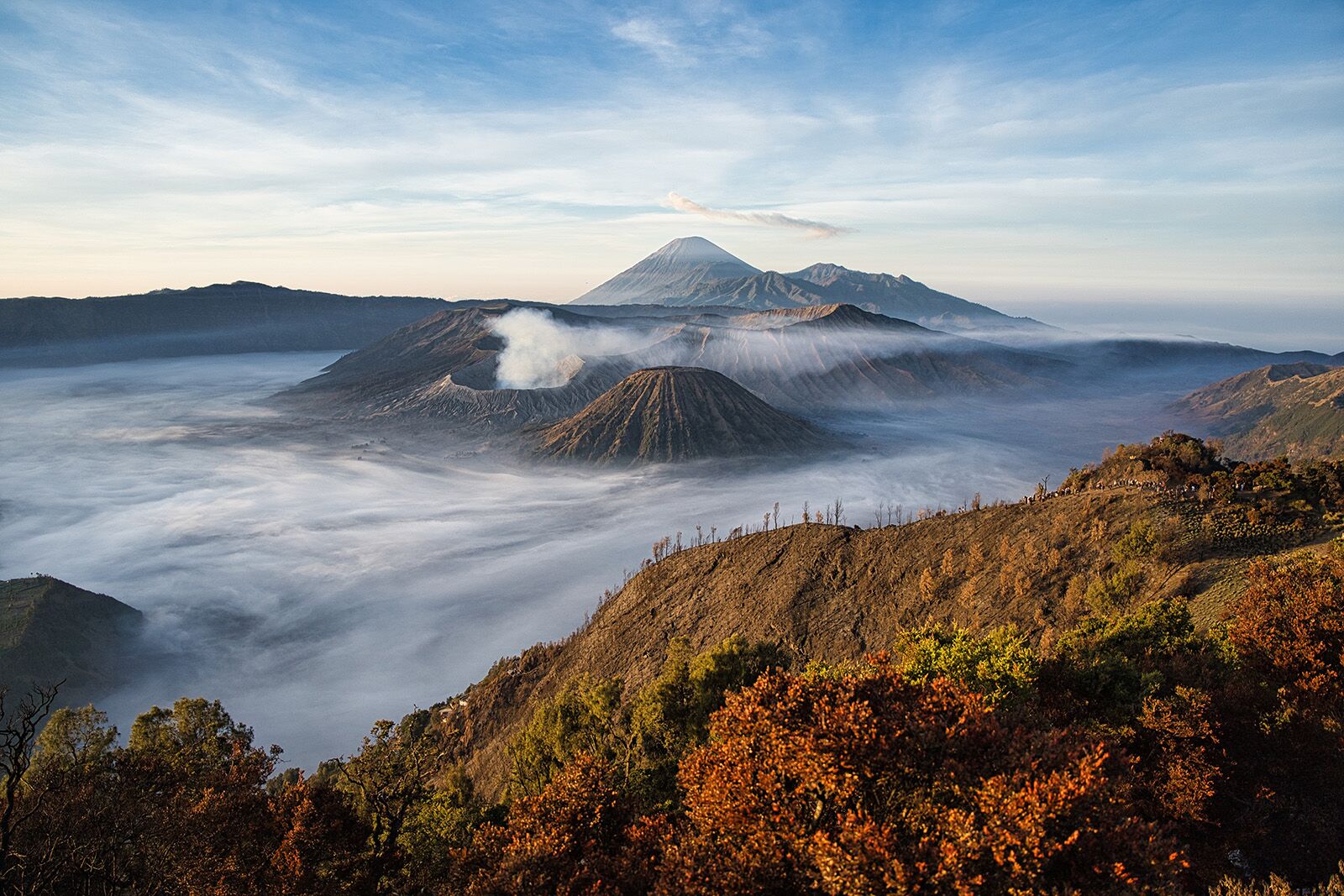
Mount Bromo, part of the Bromo Tengger Semeru National Park in East Java, is a captivating, smoke-belching volcano revered by the Tenggerese people. The landscape surrounding the volcano, known locally as the “Sea of Sand,” is otherworldly: ashen plains cloaked in mist that hides the intricate geometry of Hindu temples, and vibrant green ridges surrounding the volcanic cone. Despite its frequent eruptions, Mount Bromo remains a draw for adventure travelers and spiritual pilgrims alike.
- Nearest town: Probolinggo
- Accessibility: Jeep tours and hiking trails from the nearby mountain village of Cemoro Lawang; guides not required
- Currently state: Active, with periodic minor eruptions
Kīlauea, Hawaiʻi
In Hawaii’s Hawaiʻi Volcanoes National Park, Kīlauea is among the most active volcanoes on Earth. Its frequent eruptions have reshaped Hawaii’s Big Island, forming new land and creating lava flows bright enough to illuminate the night sky. Kīlauea draws 2.6 million visitors annually, making it one of Hawaii’s major tourist attractions. The park has a variety of hiking trails, guided tours, and observation platforms, allowing visitors to witness lava tubes, steam vents, and the fiery force of nature from a safe distance.
While modern monitoring and evacuation systems have prevented fatalities in recent decades, Kīlauea holds the record for the highest death toll of any volcano in the modern-day US. In 1790, a gas explosion killed more than 80 people.
- Nearest town: Hilo
- Accessibility: Well-maintained park roads and trails with multiple routes to the explosion site
- Current state: Currently erupting
- Where to stay: The best Airbnbs on the Big Island
Mount Fuji, Japan
An emblem of Japan, Mount Fuji is a nearly symmetrical stratovolcano on Honshu Island. Its snow-capped peak, rising to 12,389 feet, is Japan’s highest summit and has inspired centuries of art, literature, and spiritual pilgrimages. Mount Fuji is considered one of Japan’s “Holy Mountains” and is a UNESCO World Heritage Site owing to its cultural and religious importance. It’s also one of the most popular tourist destinations in Japan.
Although dormant, Mount Fuji is closely monitored due to its potential activity. The last recorded eruption occurred in 1707.
- Nearest towns: Fujiyoshida, Fujinomiya, Gotemba, and Fujikawaguchiko
- Accessibility: Easily accessible via hiking trails and public transport; permits may be required
- Current state: Dormant
Erta Ale, Ethiopia
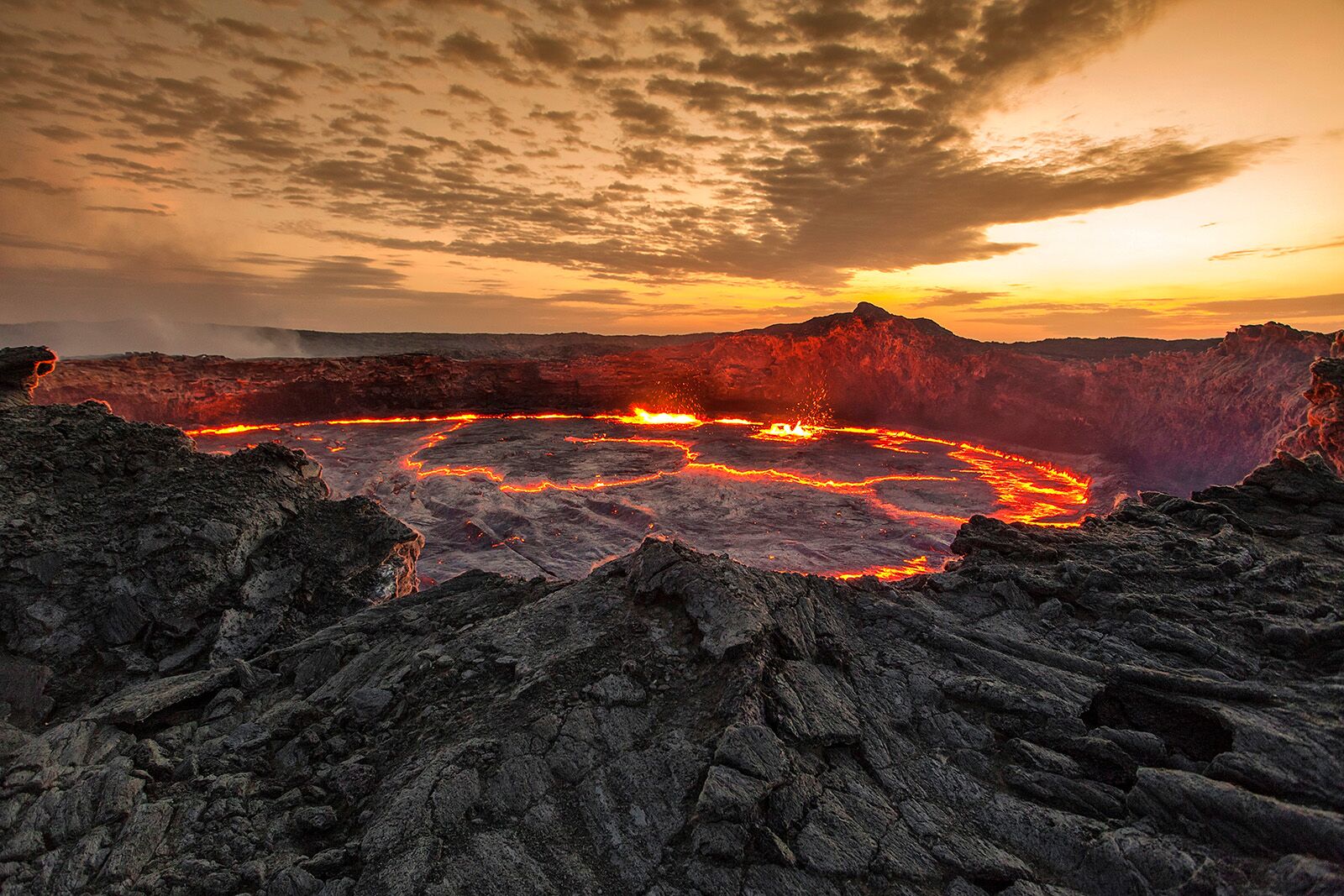
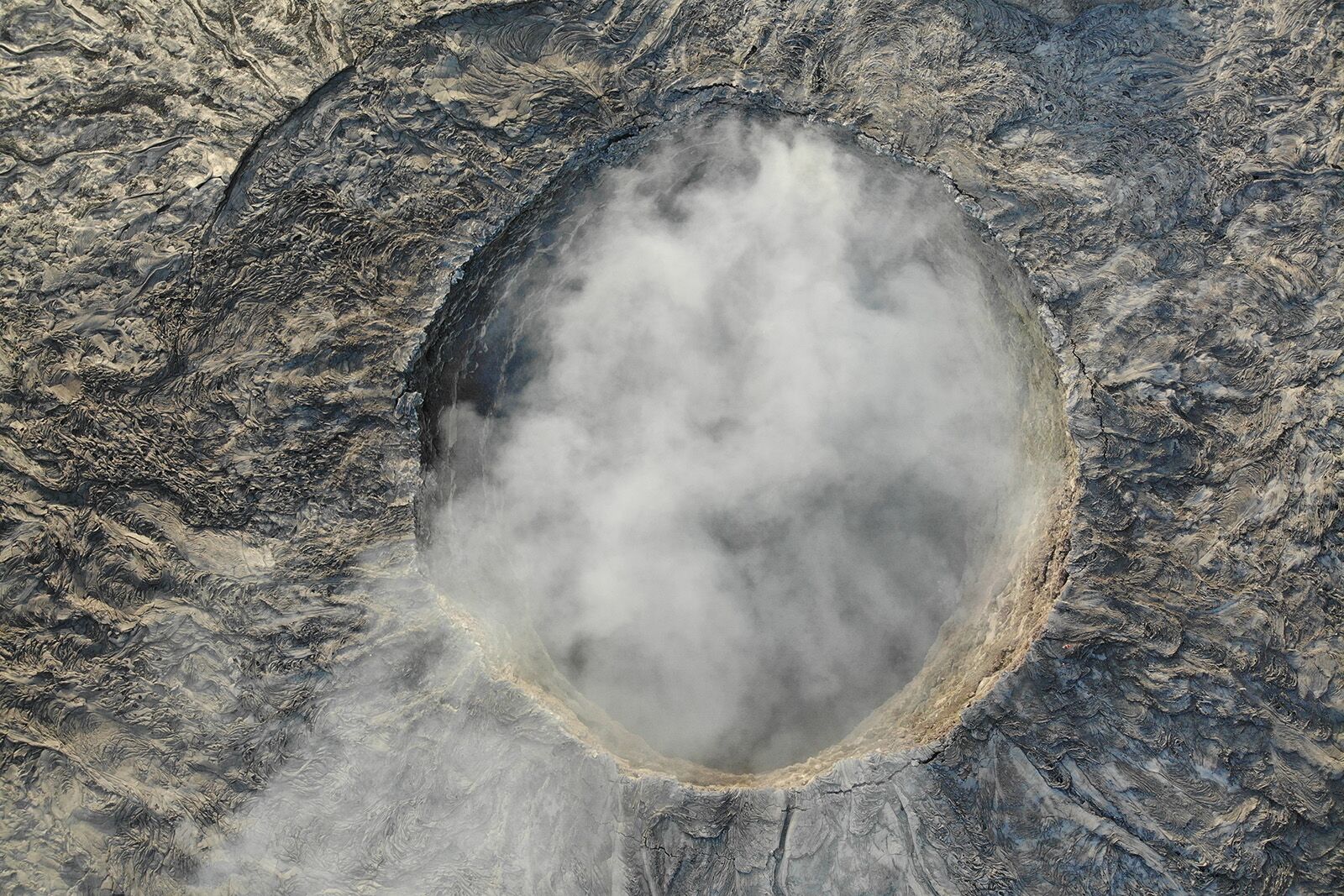
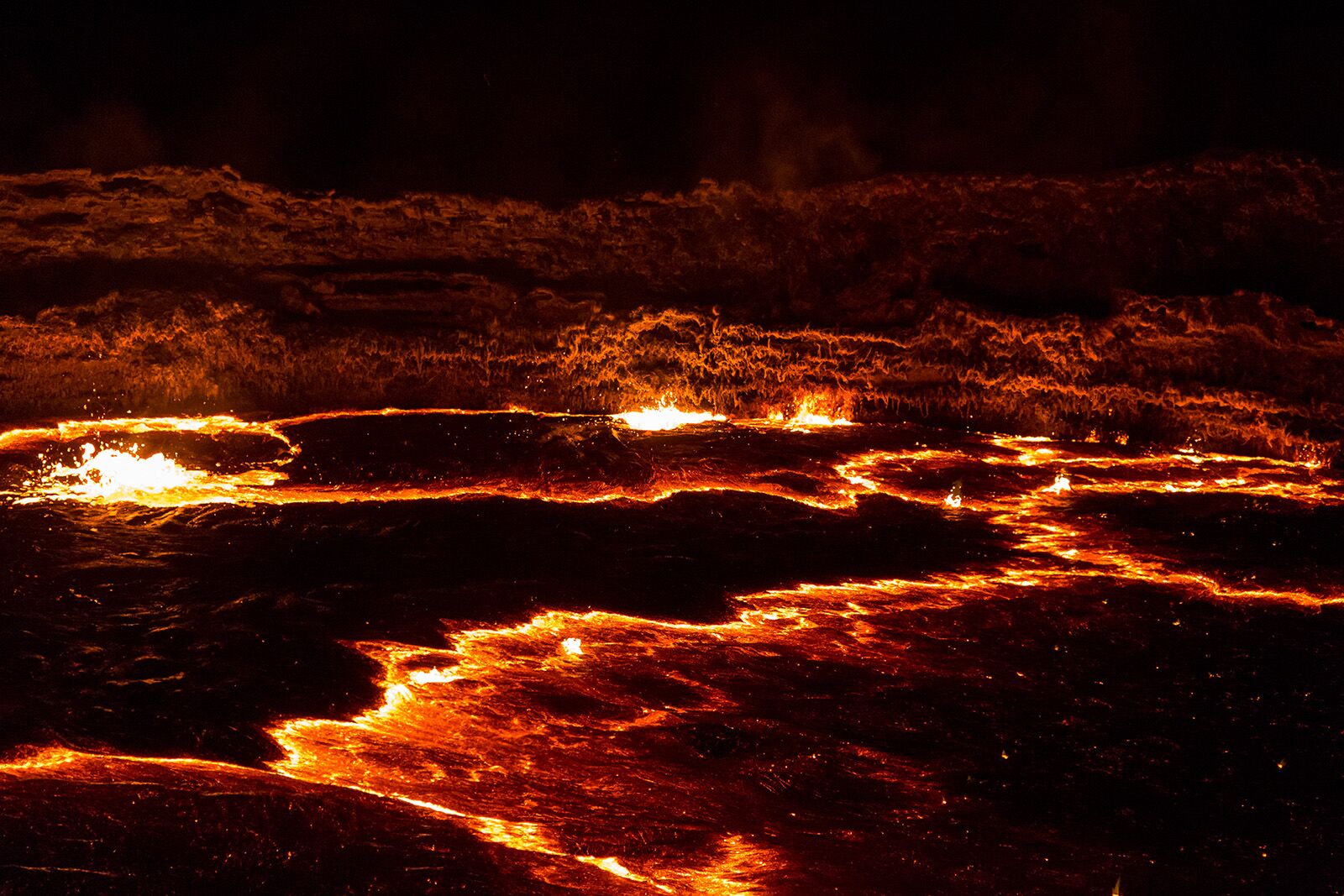
Erta Ale is a basaltic shield volcano in the Danakil Depression in northeastern Ethiopia. Its most distinctive feature is a rare and mesmerizing lava lake that has been active since at least 1906, when it was “discovered” by modern-day scientists. The area’s extreme conditions — intense heat, arid terrain, and a location below sea level — make it one of the most inhospitable places on Earth, as well as one of the coolest volcanoes you can see in real life. Some say it looks like Mordor from the Lord of the Rings series.
Visiting Erta Ale is not for the faint of heart. It’s extremely remote, with a harsh climate and potential security risks due to sporadic violence in the region. Tour operators offering expeditions typically include armed escorts for safety.
- Nearest town: Mekele
- Accessibility: Only possible via guided expeditions with permits (usually from nearby Dodum)
- Current state: Active, with a persistent lava lake
Fagradalsfjall, Iceland
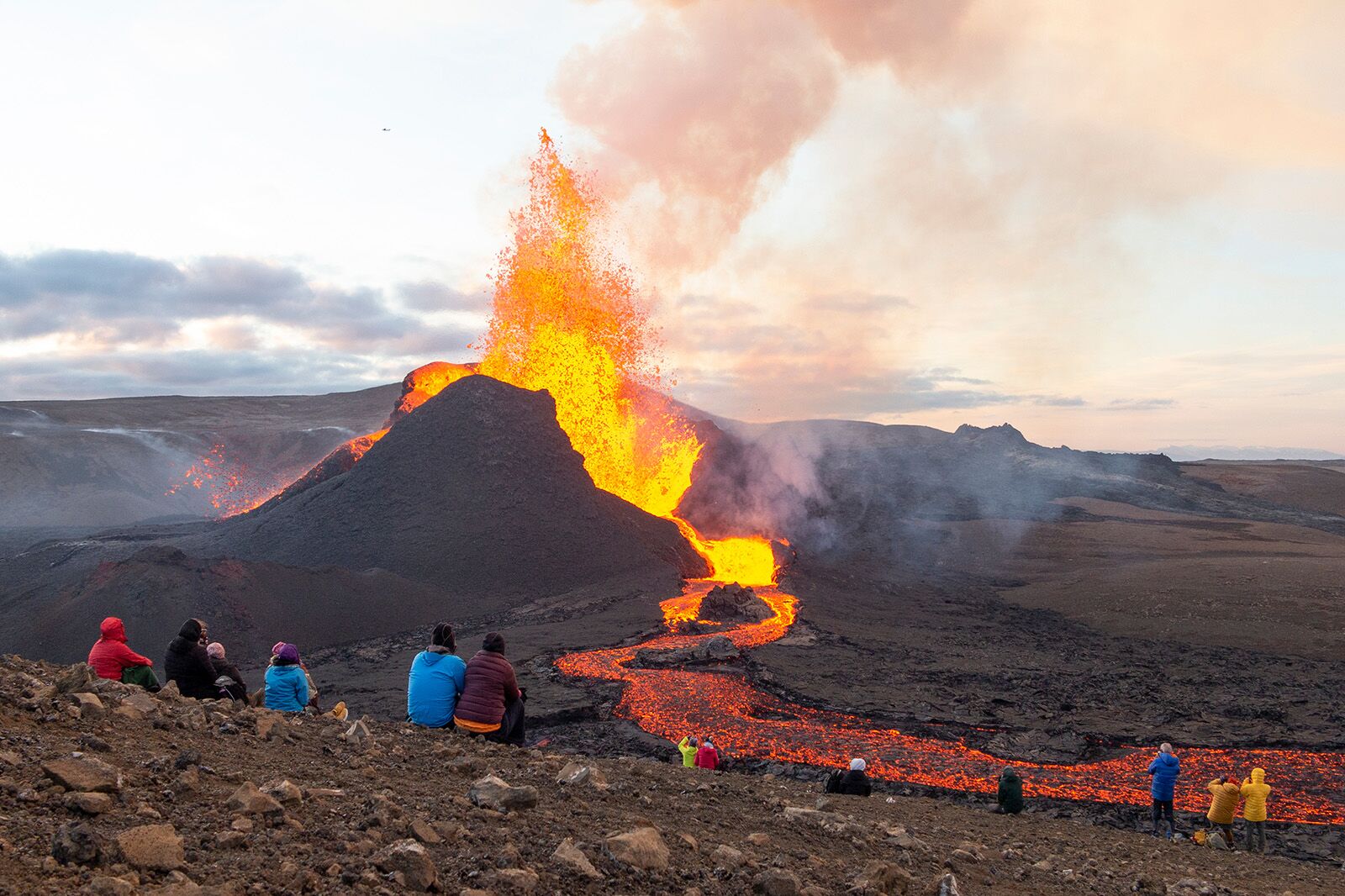
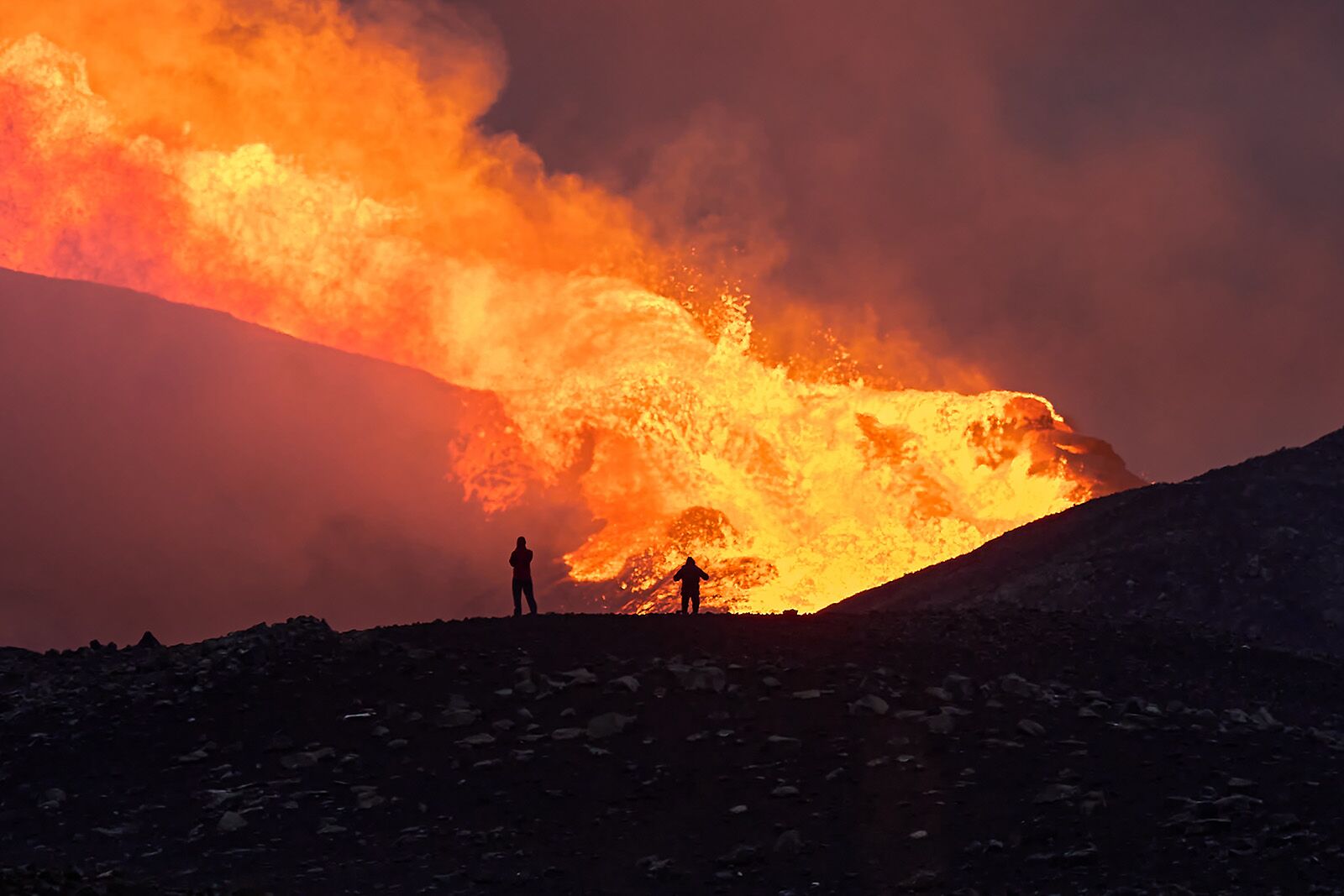
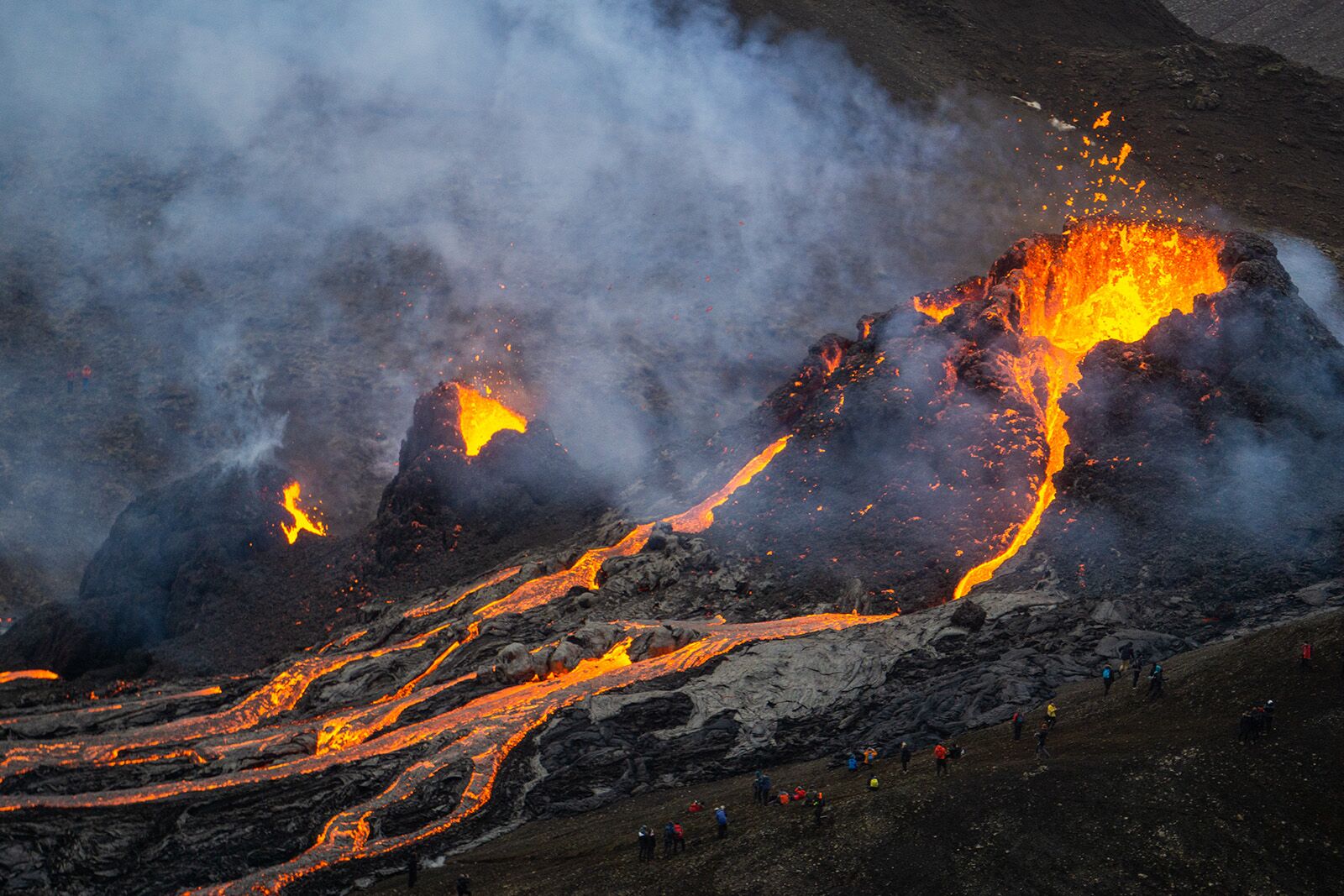
Fagradalsfjall, on Iceland’s Reykjanes Peninsula, gained global attention with a breathtaking eruption in 2021, during which visitors could witness lava flows up close. The eruption transformed the barren landscape into expansive lava fields, making it a must-visit site for anyone interested in the dynamic power of geology.
Near Reykjavik, Fagradalsfjall remains a popular and accessible attraction. However, the Reykjanes Peninsula has experienced heightened volcanic activity in recent years, prompting evacuations in nearby areas and temporary closures of tourist sites like the iconic Blue Lagoon.
- Nearest town: Grindavík
- Accessibility: Hiking trails to the eruption site are open to the public, subject to current activity levels
- Current state: Active, with sporadic eruptions
- Where to stay: The best Airbnbs in Reykjavik
Mount Nyiragongo, Democratic Republic of the Congo

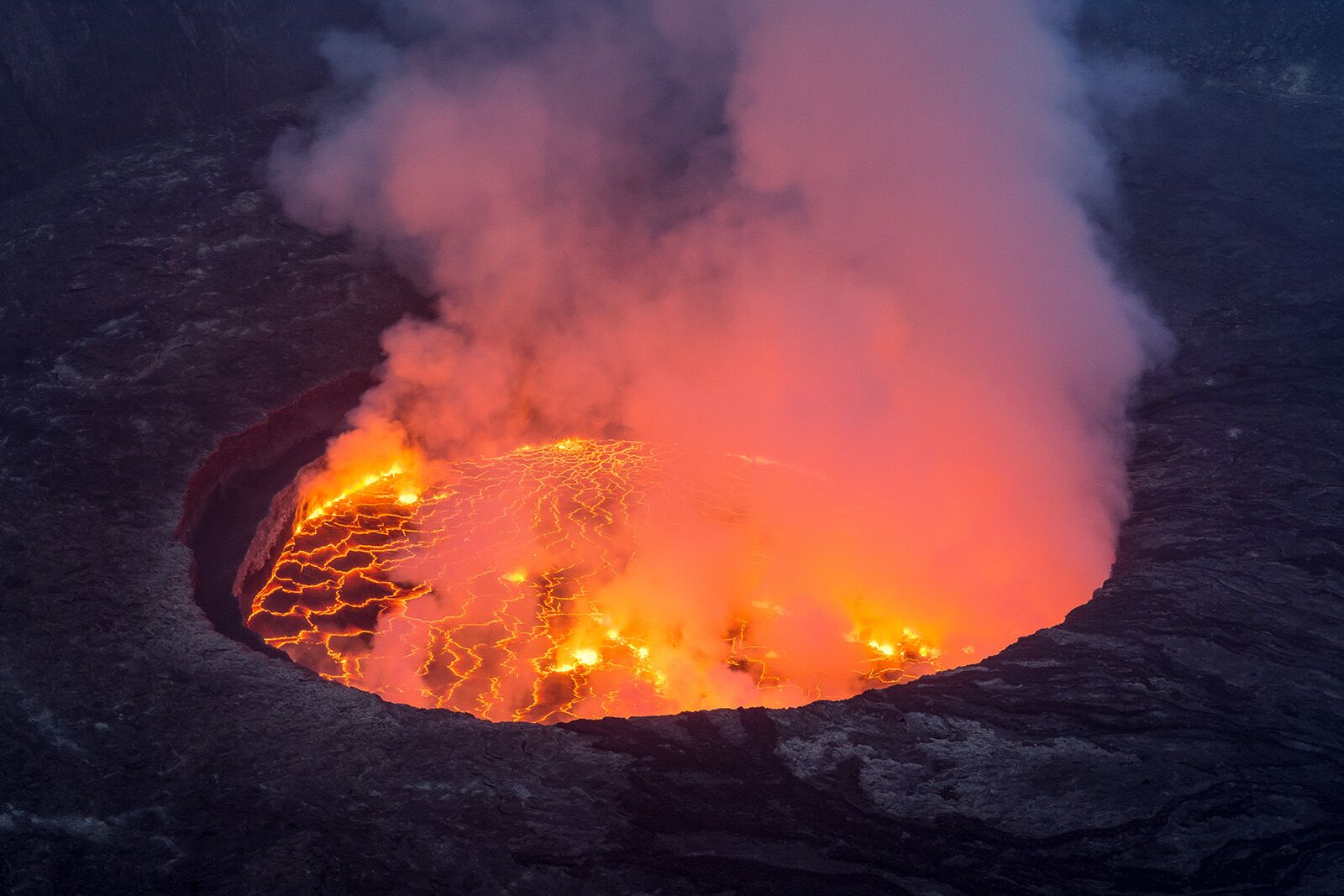
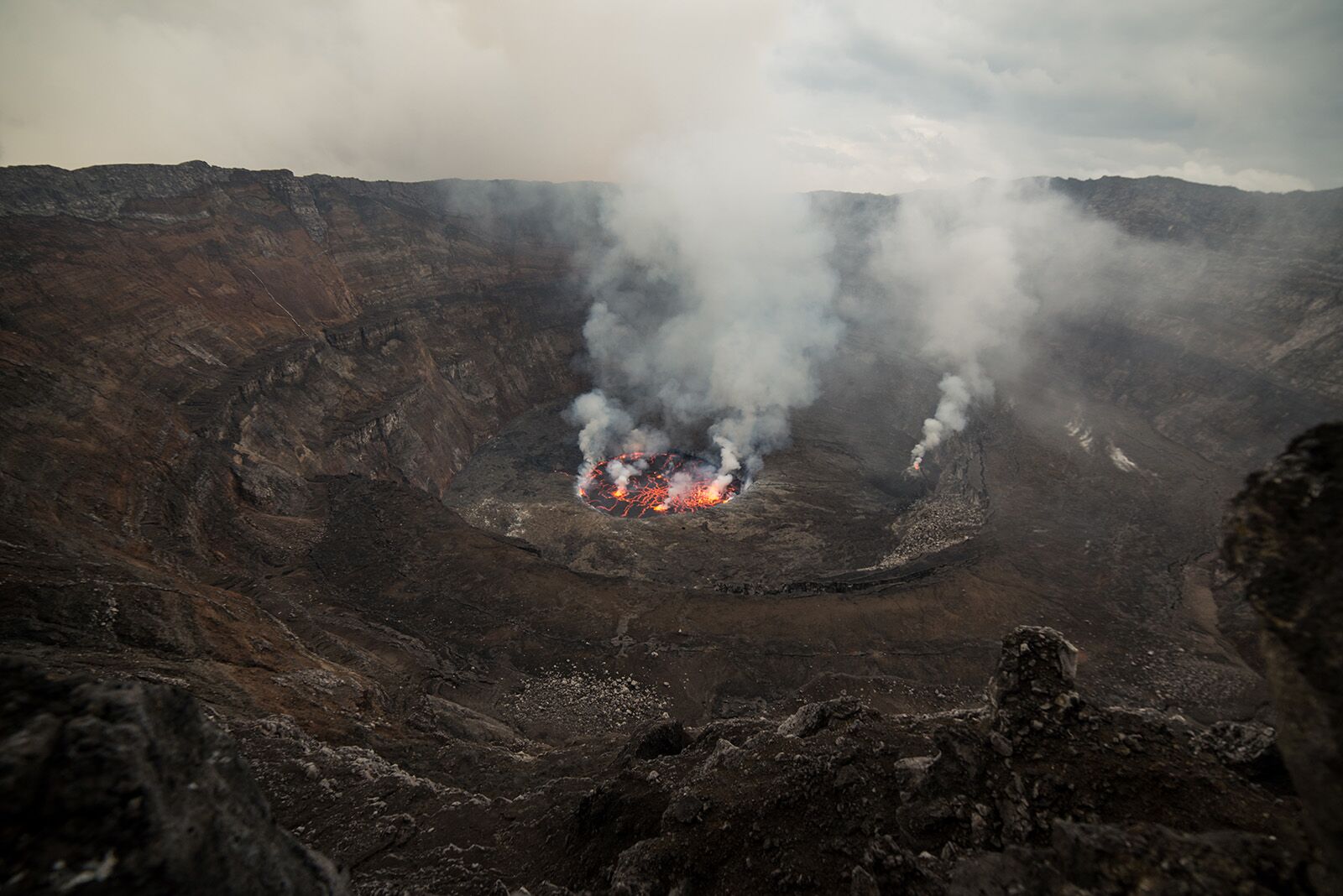
Mount Nyiragongo is home to one of the world’s largest and most active lava lakes. But the volcano’s eruptions, such as the catastrophic 2002 event that killed 245 in Goma, showcase its destructive potential: lava flows on Mount Nyiragongo are notorious for high speeds that make them particularly dangerous, reaching up to 37 miles per hour.
Despite the risks, adventurous travelers are drawn to Mount Nyiragongo for the rare opportunity to camp near its crater and gaze into its cauldron, making it one of the coolest volcanoes in the world for adrenaline junkies. Reaching the summit requires a strenuous six-hour hike through the Virunga Mountains.
- Nearest town: Goma
- Accessibility: Possible, but only with a guide and permits
- Current state: Active, with intermittent eruptions
Mauna Loa, Hawaii
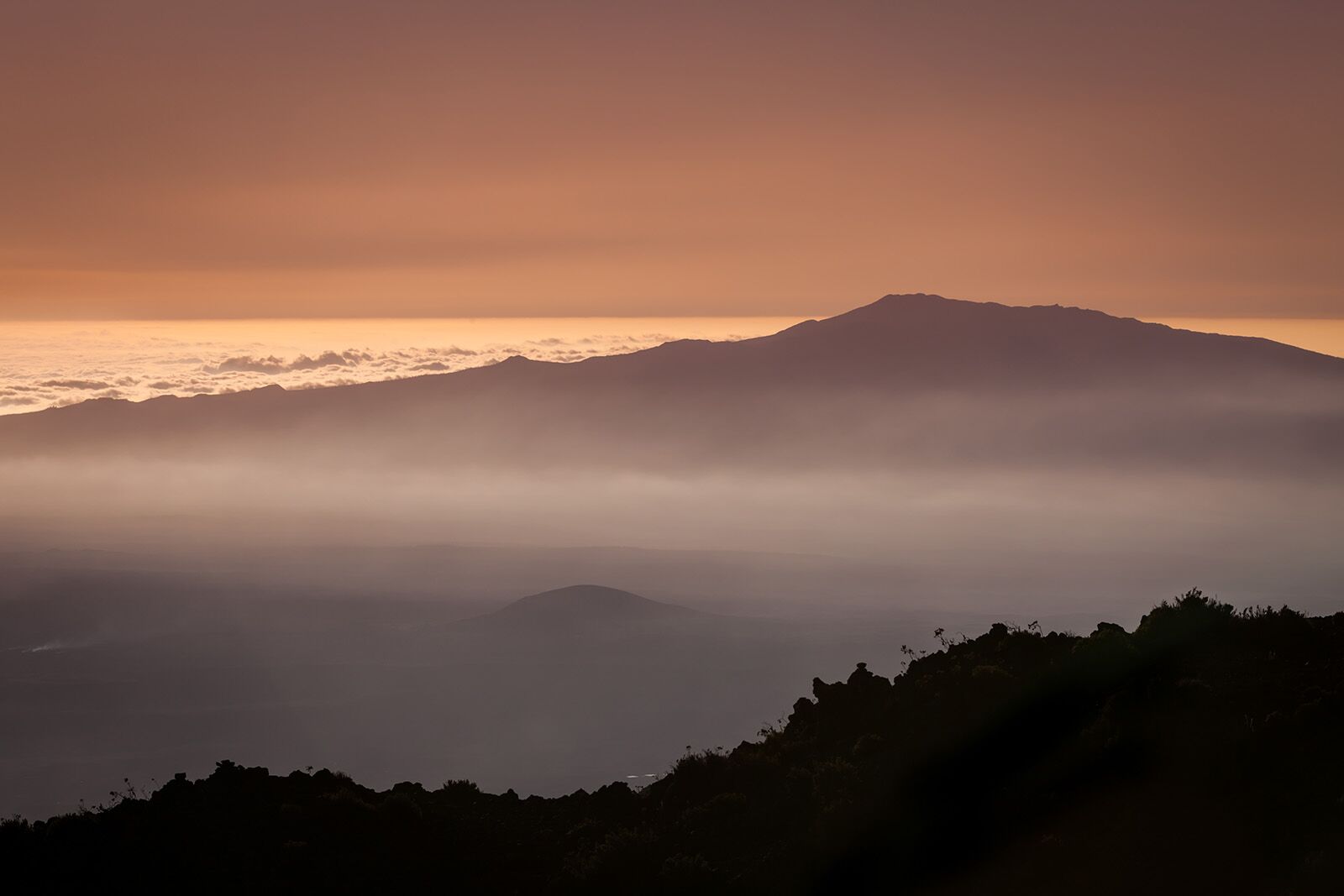
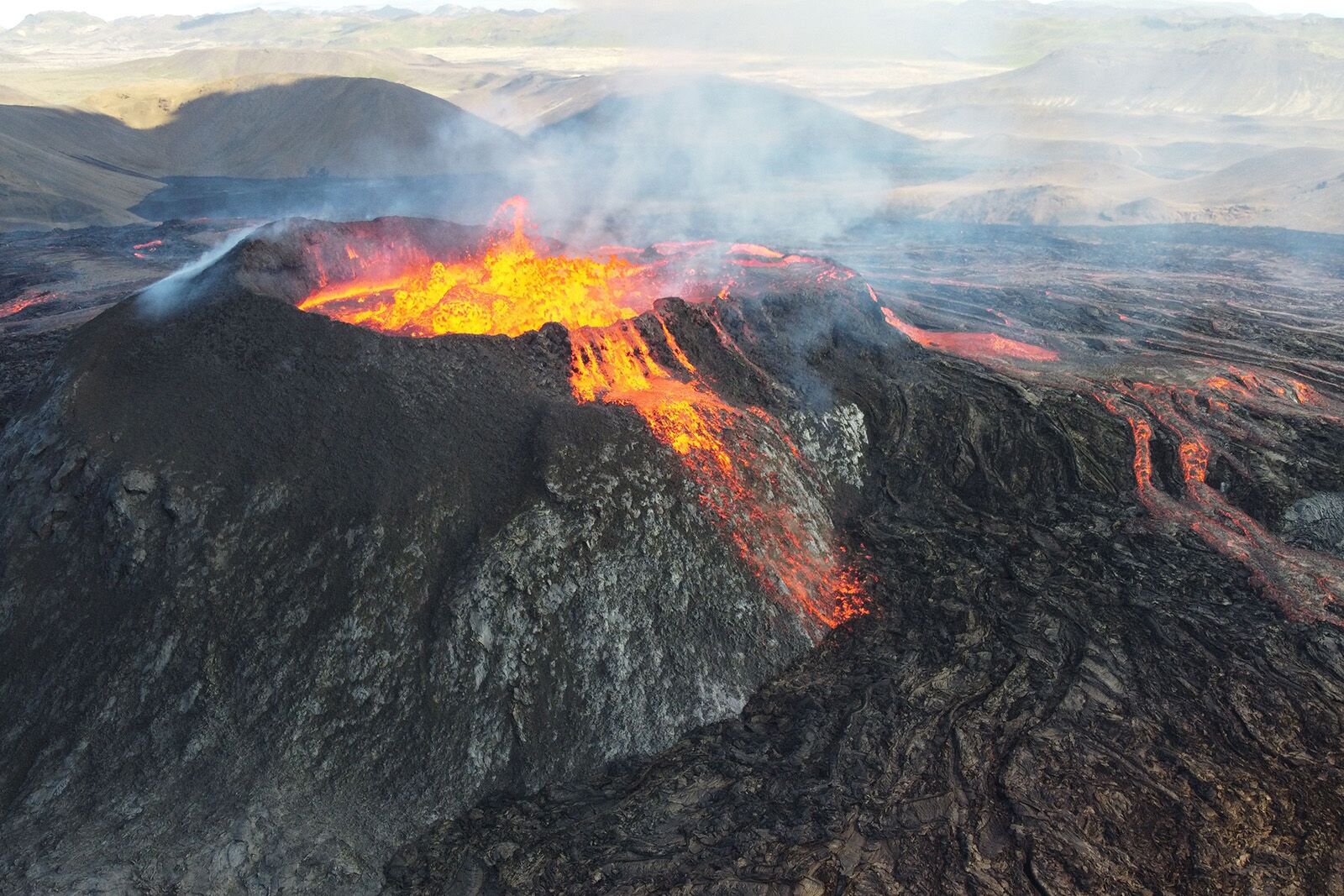
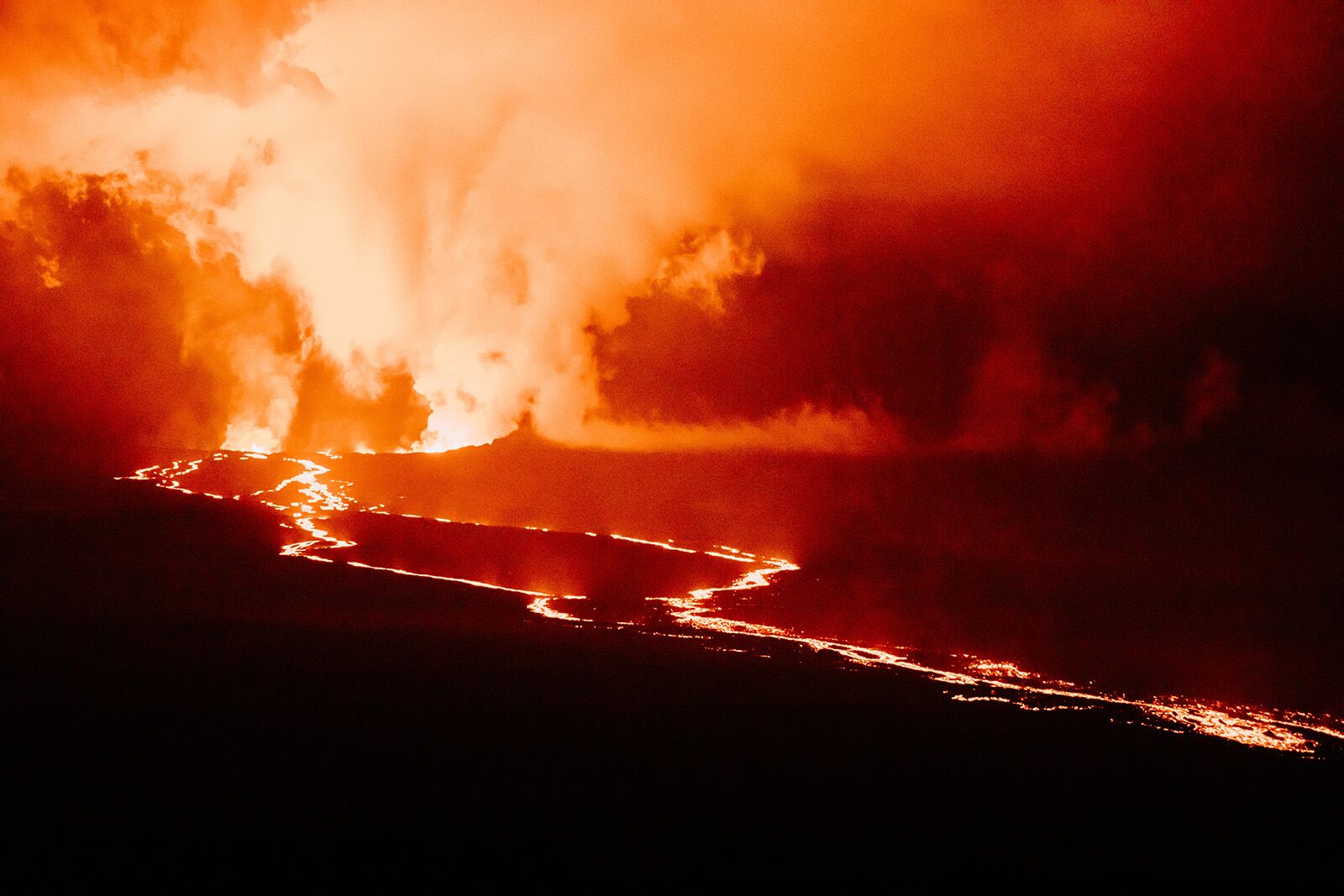
Mauna Loa, the largest active volcano on Earth by mass and volume, is a titan of geological significance. On Hawaii’s Big Island, it has a gentle, shield-like slope that belies its immense power. The most recent eruption in late 2022, though relatively mild, reminded the world of its potential. Historically, Mauna Loa has produced massive lava flows that have overrun villages and reshaped landscapes.
Today, Mauna Loa’s activity is closely monitored, and its surrounding area within Hawaiʻi Volcanoes National Park is popular among visitors for hiking, stargazing, and learning about the unique volcanic ecosystem.
- Nearest town: Hilo
- Accessibility: Public hiking trails, but you’ll need a permit to hike to the summit. Guides not required.
- Current state: Active, with infrequent eruptions
- Where to stay: The best Airbnbs on the Big Island
Mount Etna, Italy
Towering over the island of Sicily, Mount Etna is Europe’s most active volcano and a UNESCO World Heritage site. Etna’s fiery displays have been recorded since ancient times, earning it a place in ancient mythology and modern geology. Visitors can trek through fertile vineyards and picturesque villages on its slopes or hike to its smoldering summit for impressive views of the surrounding landscape. The Ferrovia Circumentea railway provides a scenic journey around the volcano with excellent views from all sides, or you can take the Mount Etna Cable Car about halfway up the mountain to do a self-guided walking tour.
- Nearest town: Catania
- Accessibility: Solo hiking allowed below 2,900 meters (9,500 feet); guides required for higher elevations
- Current state: Active, with regular eruptions
- Where to stay: The best Airbnbs in Sicily
Mount Yasur, Vanuatu
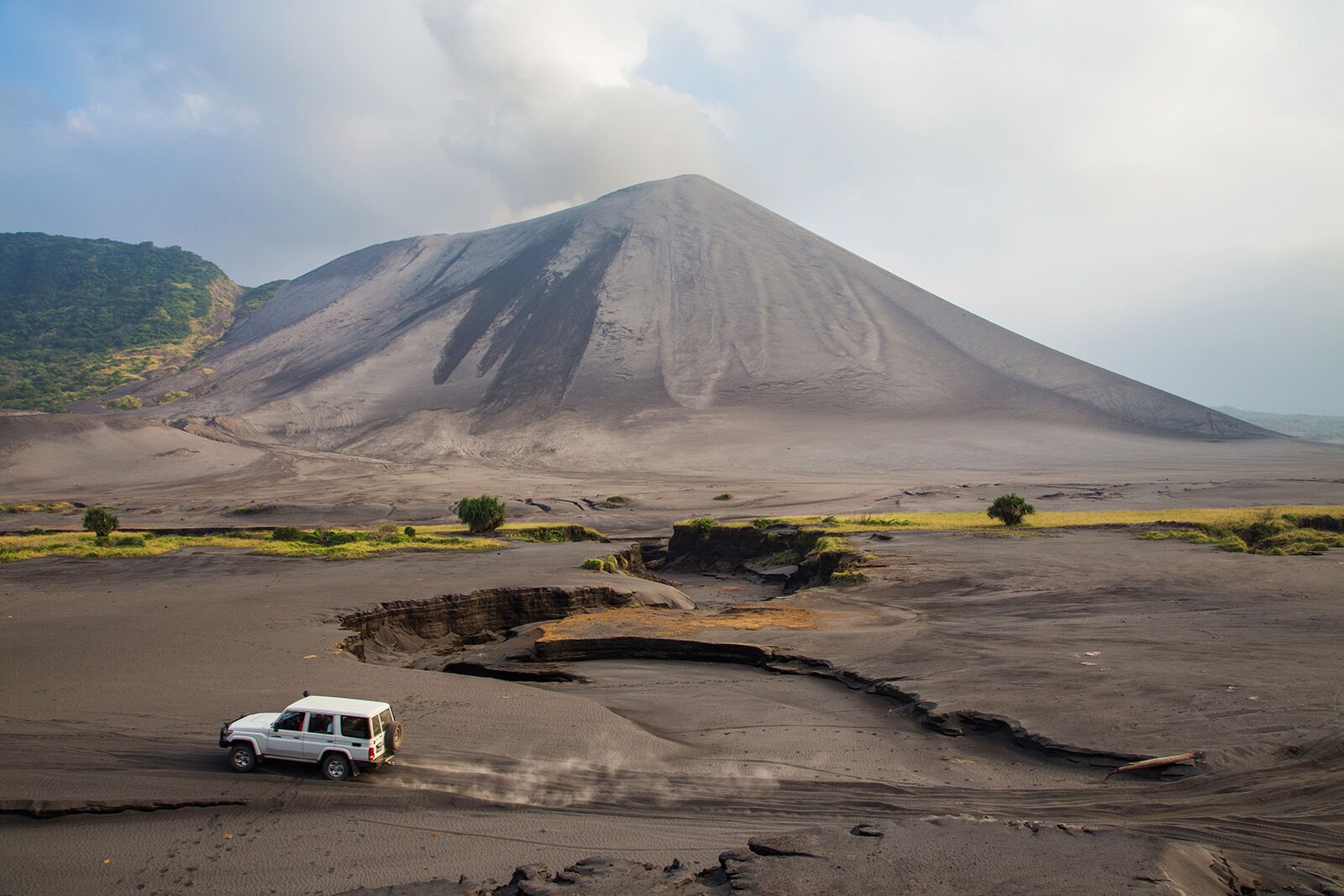

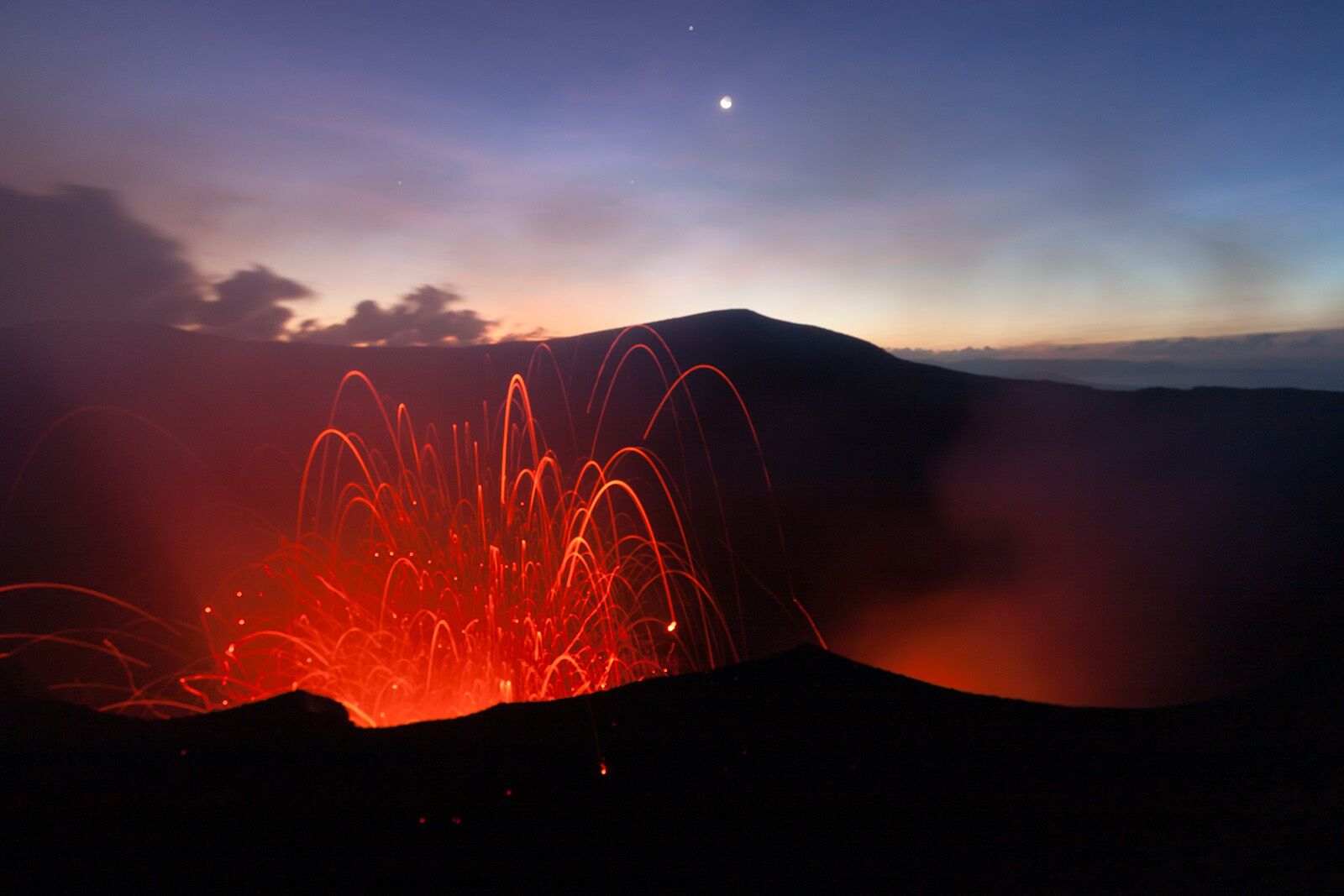
On Vanuatu’s Tanna Island, Mount Yasur is renowned as one of the world’s most accessible active volcanoes (though perhaps not for travelers from the US). Its near-constant eruptions have persisted for at least 250 years, and provide a spectacular display of glowing lava fountains and bursts of volcanic ash. Visitors can safely witness these natural fireworks during guided tours. It’s one of the coolest volcanoes to see at night, when the fiery activity contrasts dramatically with the Pacific Ocean’s dark night sky.
- Nearest town: Lénakel
- Accessibility: Open to the public via guided tours, or pay roughly $85 at the Visitor Entry Gate to visit on your own
- Current state: Active, with constant minor eruptions
Arenal Volcano, Costa Rica
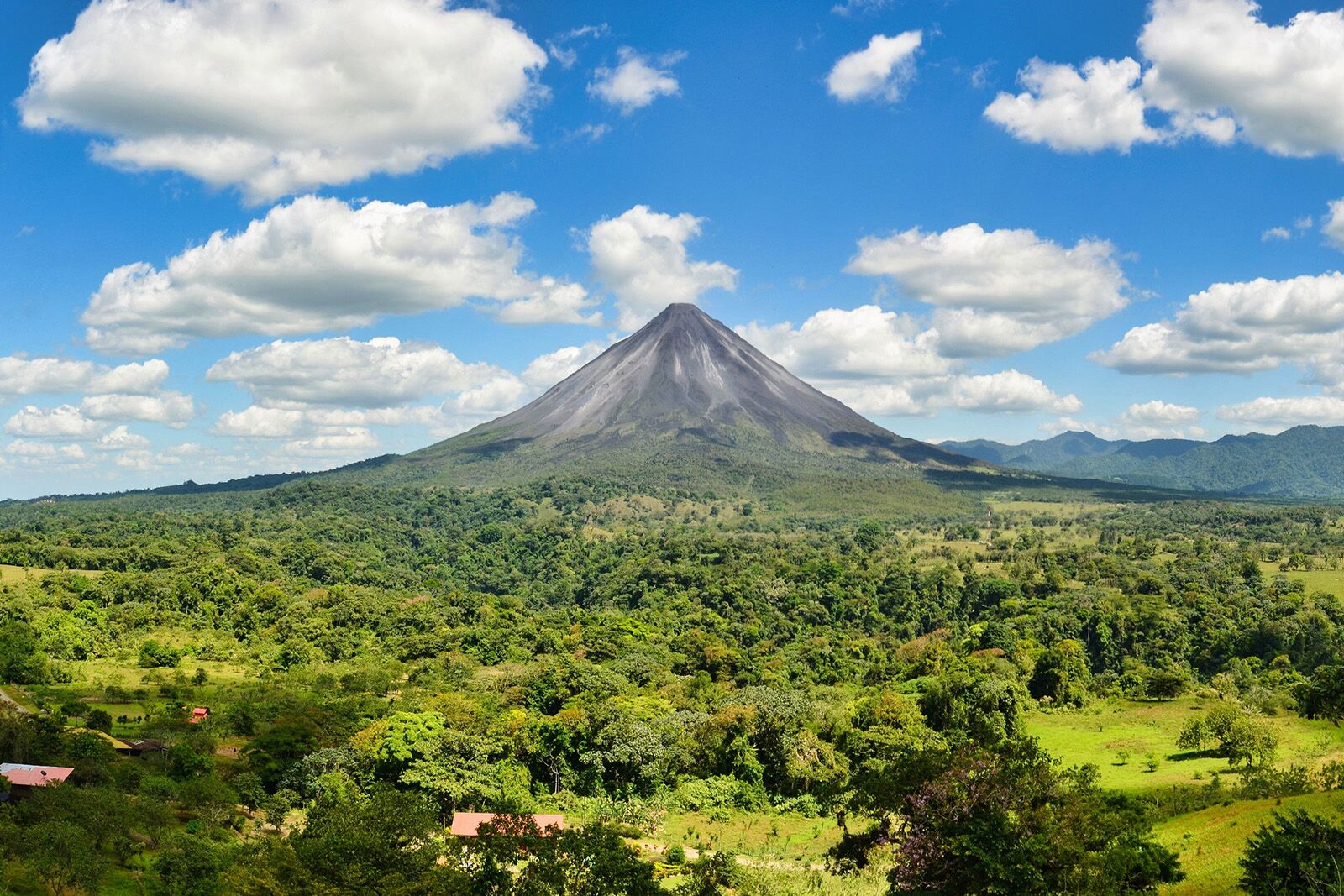
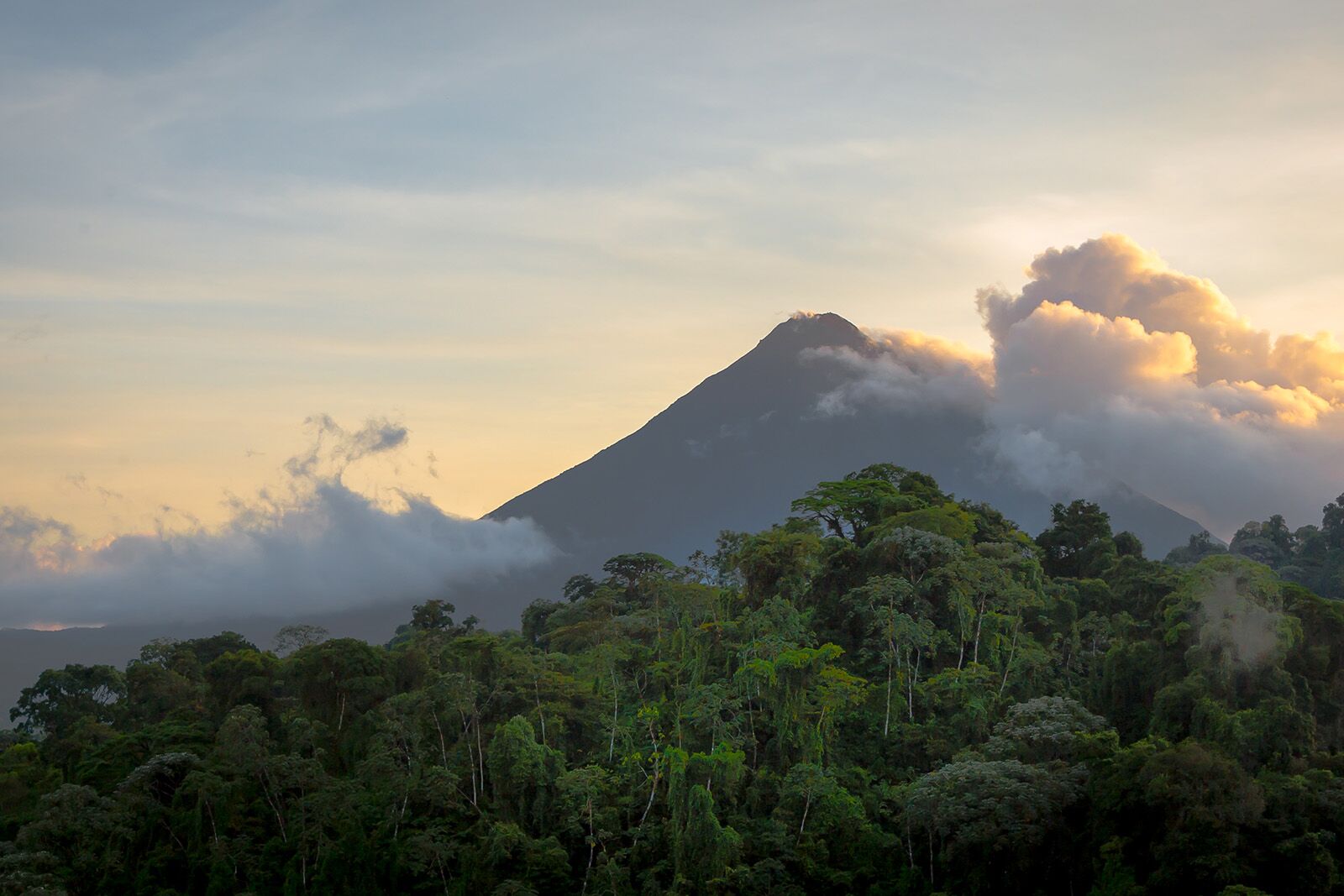

Once Costa Rica’s most active volcano, Arenal looms majestically over rainforests and hot springs. Although its eruptions have ceased since 2010, the area is still popular with visitors for hiking, wildlife spotting, and soaking in geothermal pools with the Arenal as a dramatic backdrop. There are so many geothermal pools that nearly every hotel in the area has its own, and luxurious day spas in the jungle exist for visitors who think the coolest volcanoes should be next to the hottest thermal springs.
- Nearest town: La Fortuna
- Accessibility: Reaching the summit is banned, but there are maintained hiking trails around the base
- Current state: Dormant since 2010
- Where to stay: The best Airbnbs in Costa Rica
Ol Doinyo Lengai, Tanzania
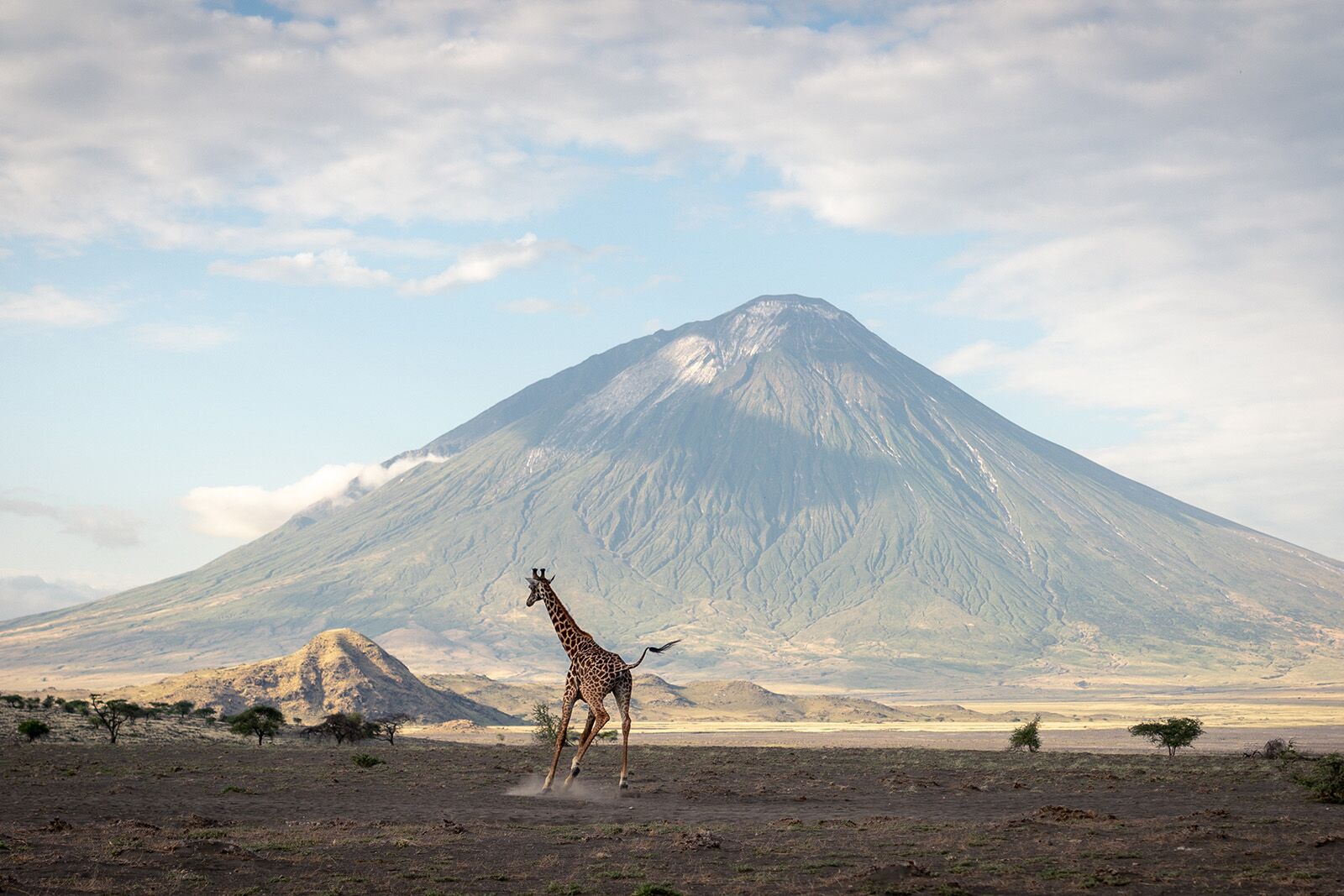
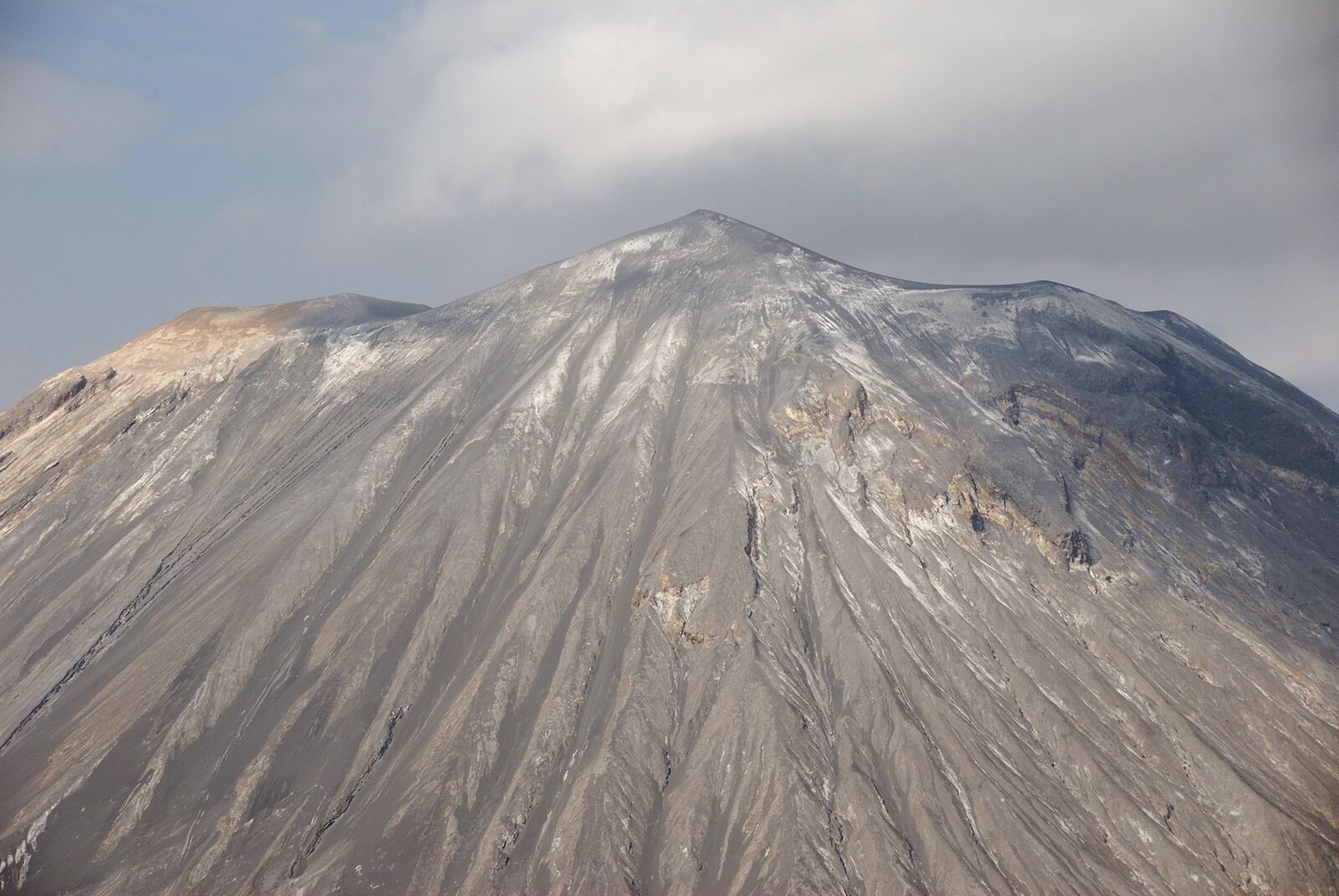
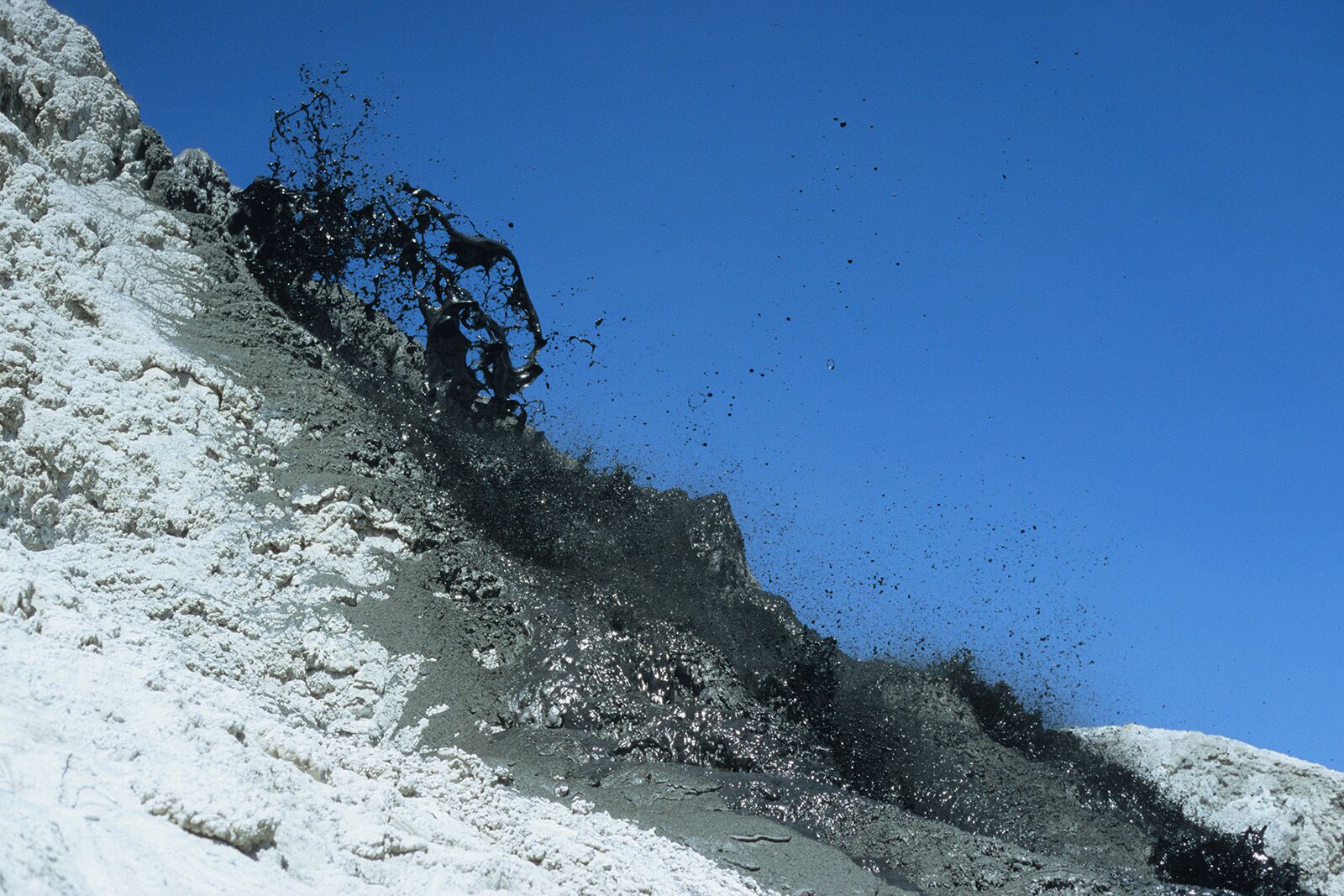
Known as the “Mountain of God” to the Maasai, this striking stratovolcano in East Africa’s Rift Valley is unique for its carbonatite lava, which flows at lower temperatures and rapdily solidifies. The lava starts out dark, but soon cools to a snow-white hue, giving its slopes and crater a weird, synthetic appearance after each eruption. Not only is it one of the coolest volcanoes in the world, but it’s also near some of the best safari experiences in the world, making it easy to add a visit onto a longer bucket-list trip.
- Nearest town: Arusha
- Accessibility: Available as a multi-day (or fast 12-14 hour) hike; guides are required
- Current state: Active, with occasional eruptions
Mount St. Helens, USA
This iconic stratovolcano in Washington State became globally known after its massive 1980 eruption; it was the most catastrophic volcanic event in US history. The eruption reshaped the mountain, drastically altered the surrounding landscape for miles, and reduced its elevation by nearly 1,000 feet. Activity continued until 2008, but has since ceased. It’s one of the coolest volcanoes in the US for national park enthusiasts, as the site is national monument and has trails of various ability levels surrounding the base and slopes. Note that you need a permit to hike above 4,800 feet.
- Nearest town: Castle Rock
- Accessibility: Trails open to the public. The summit hike is non-technical, but requires a permit.
- Current state: Active, with the presence of minor seismic activity
Volcán de Fuego, Guatemala
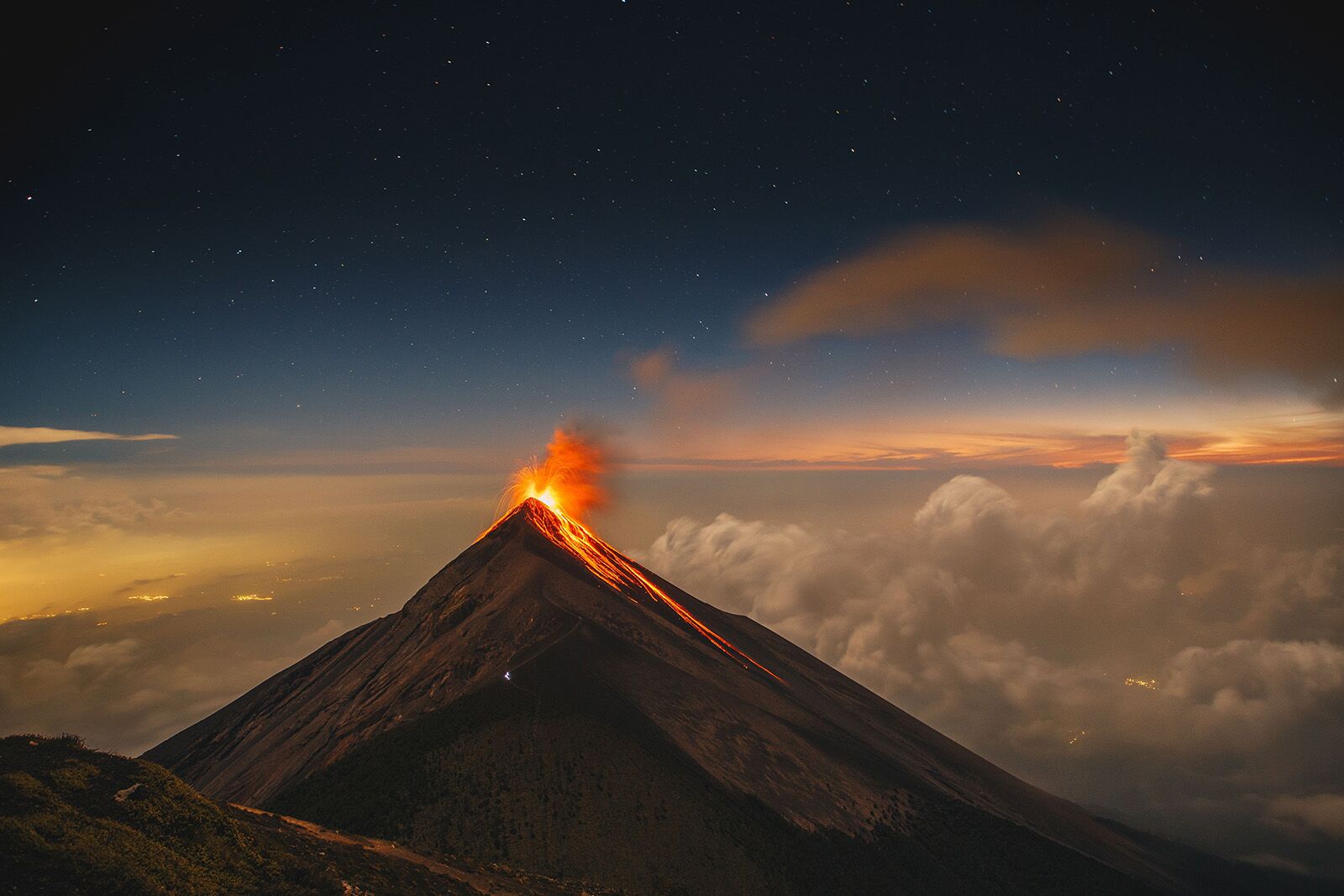
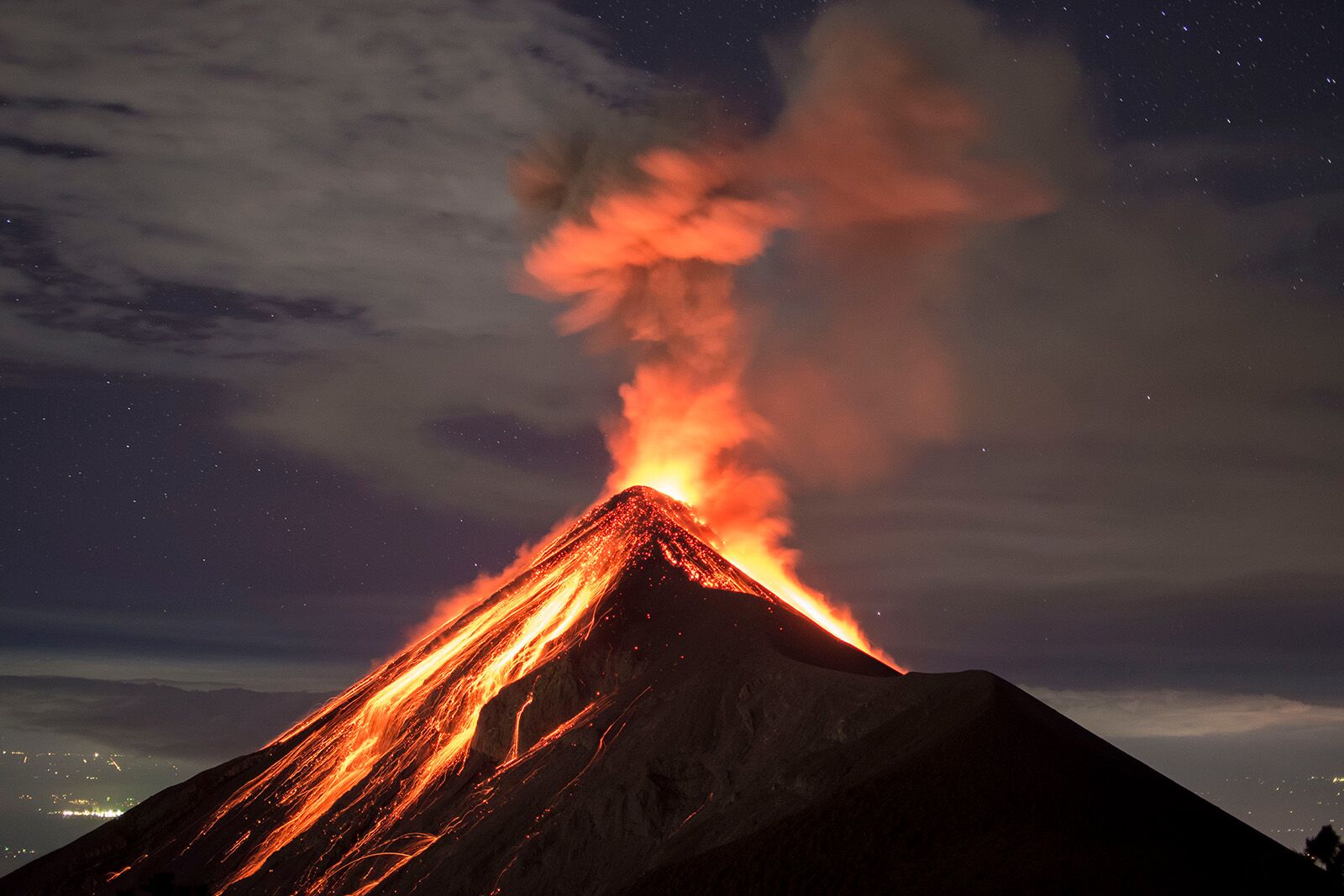
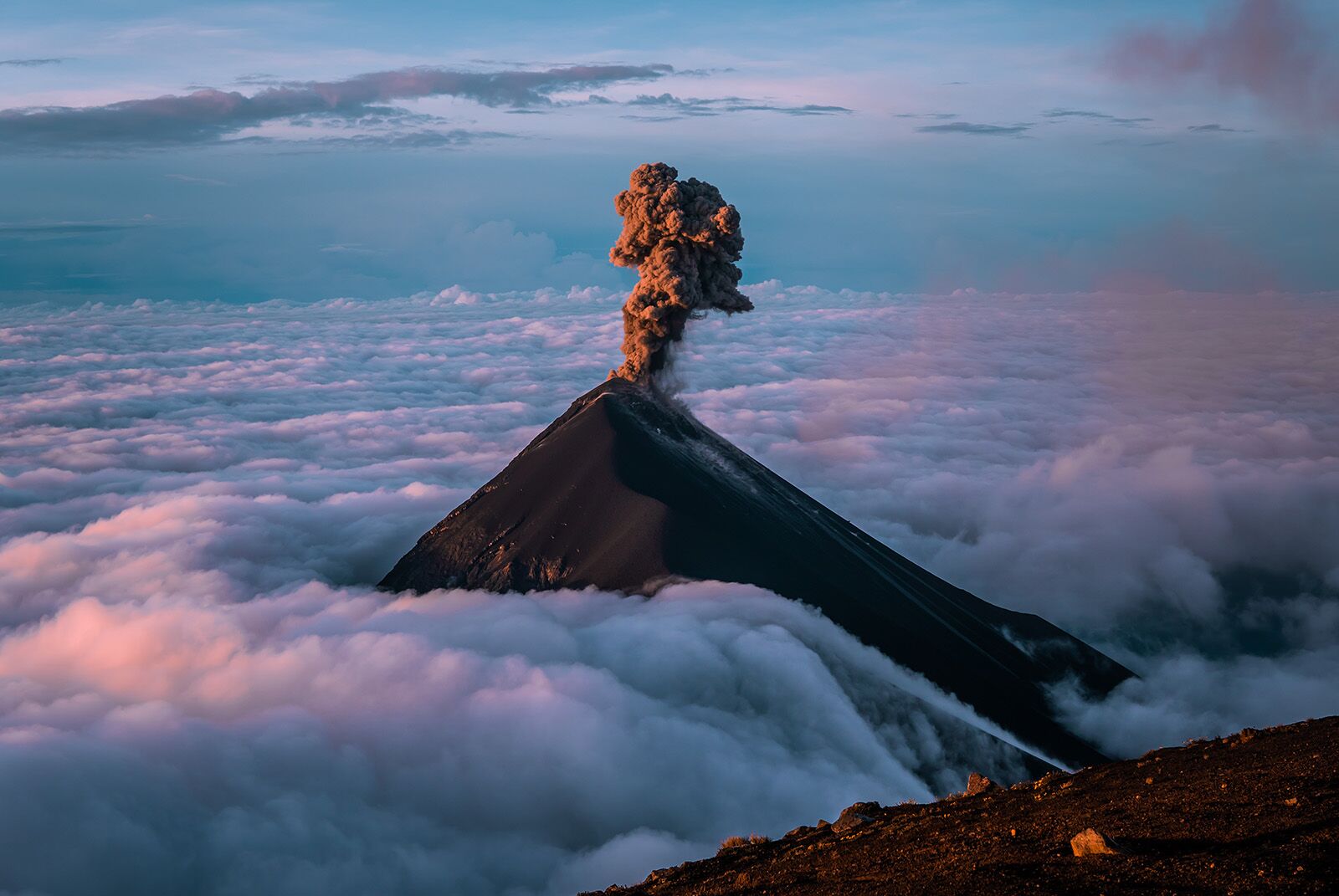
As one of Central America’s most active volcanoes, Volcán de Fuego frequently erupts with towering ash plumes and glowing lava flows. Its proximity to Antigua offers dramatic views of eruptions from the city, and the spiderwebs of lava flowing down the sides make it one of the coolest volcanoes to witness (from afar) during small eruptions. But don’t be fooled by its beauty: a devastating 2018 eruption that caused 159 fatalities and widespread evacuations, highlighting its formidable power. The hike to the summit is short, at under three miles, but it’s extremely steep the entire time.
- Nearest town: Antigua
- Accessibility: Hiking allowed only with a licensed guide
- Current state: Active, with frequent eruptions
- Where to stay: The best Airbnb near Lake Atitlán
Mount Mayon, Philippines
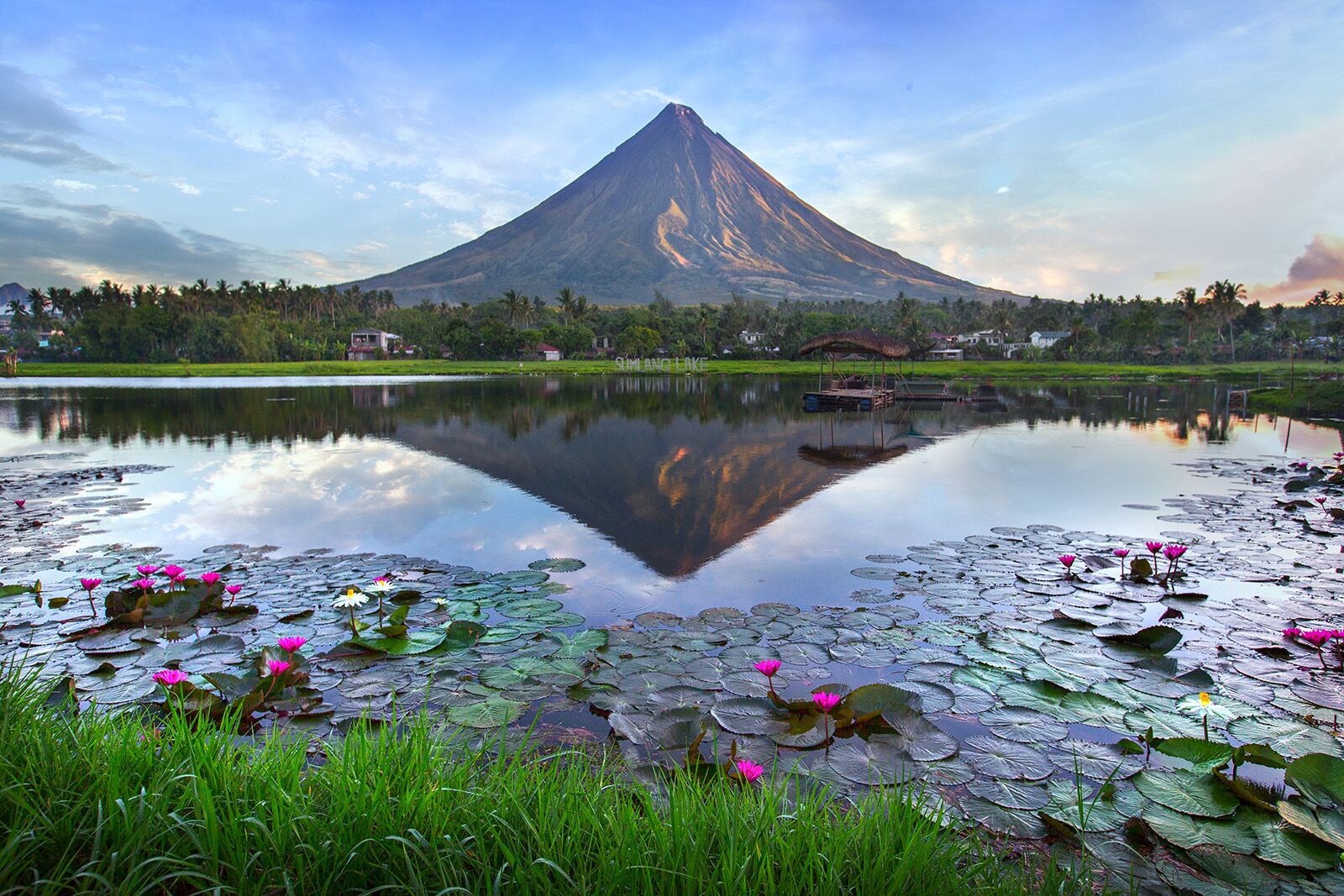
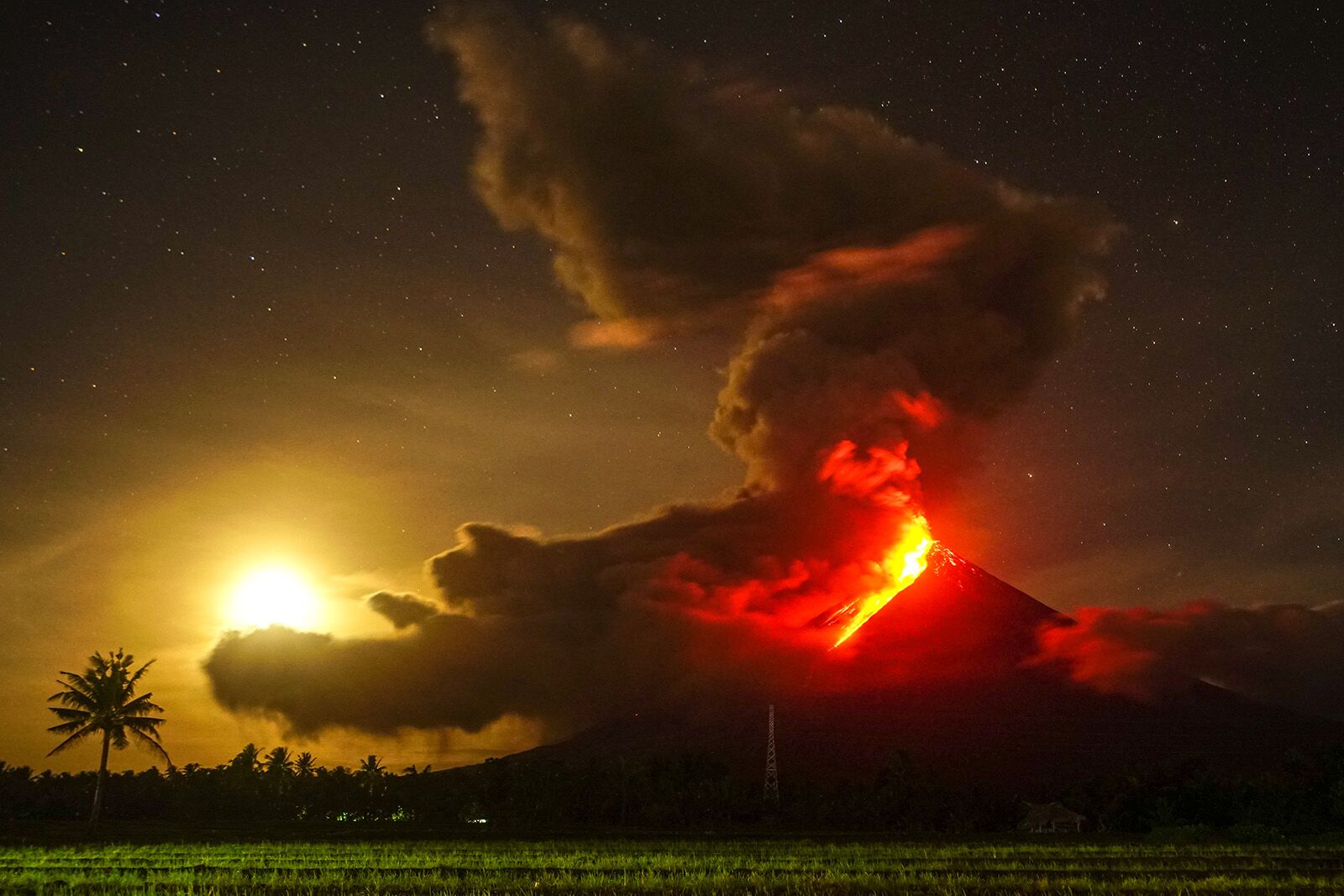
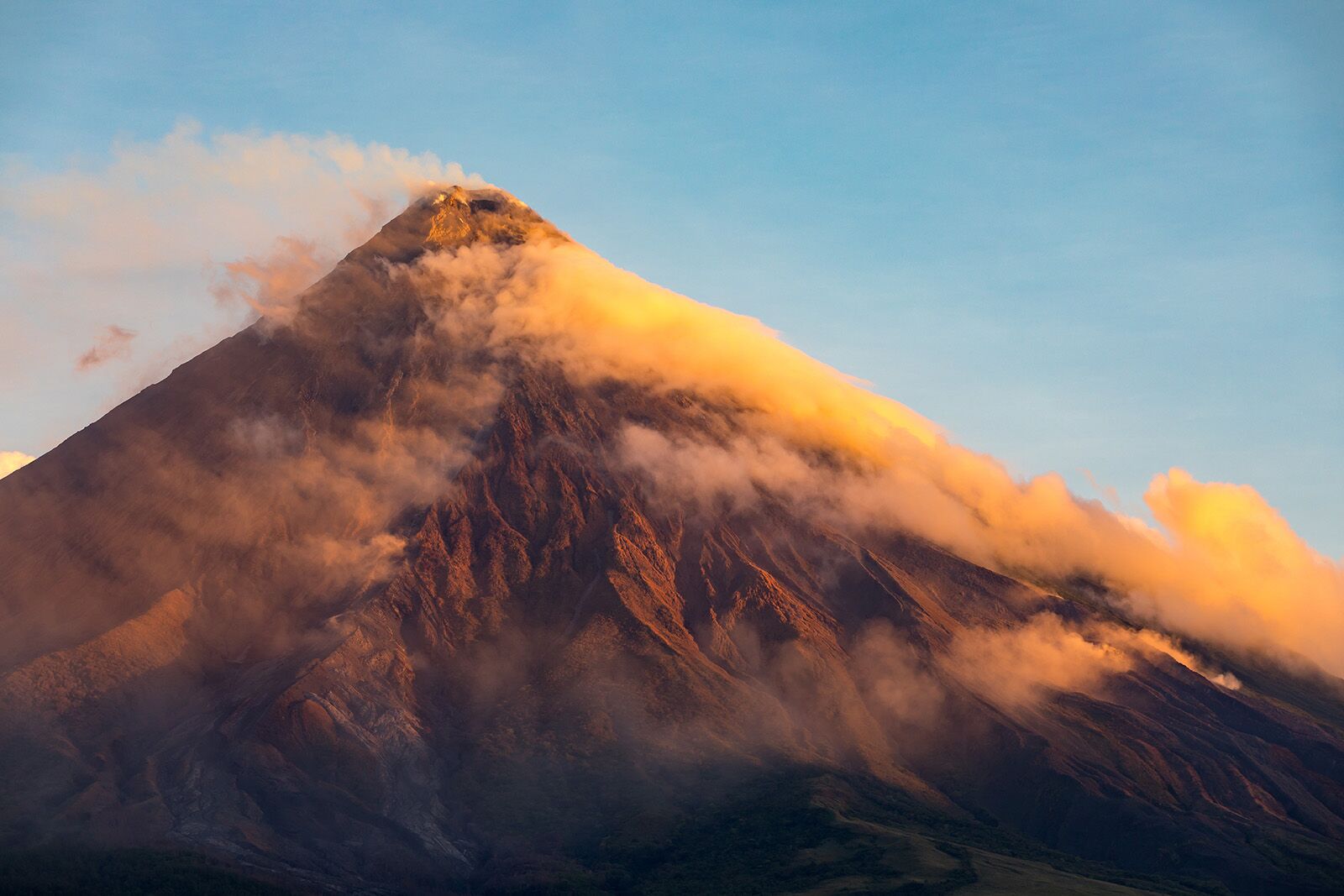
Considered one of the coolest volcanoes in the world for its near-perfect conical shape, Mount Mayon is both a natural wonder and a source of destruction, as the Philippines’ most active volcano regularly spews lava down its steep slopes. The local Bicolano people associate the volcano with Burungang Mayon, a protective deity who serves as a guardian of the land and enforcer of natural order. There’s a 3.7-mile (or six kilometer) radius from the summit around the volcano, marking an area completely off-limits to the public.
- Nearest town: Legazpi
- Accessibility: Access is prohibited
- Current state: Active, with frequent lava flows and ash explosions
Krakatoa, Indonesia
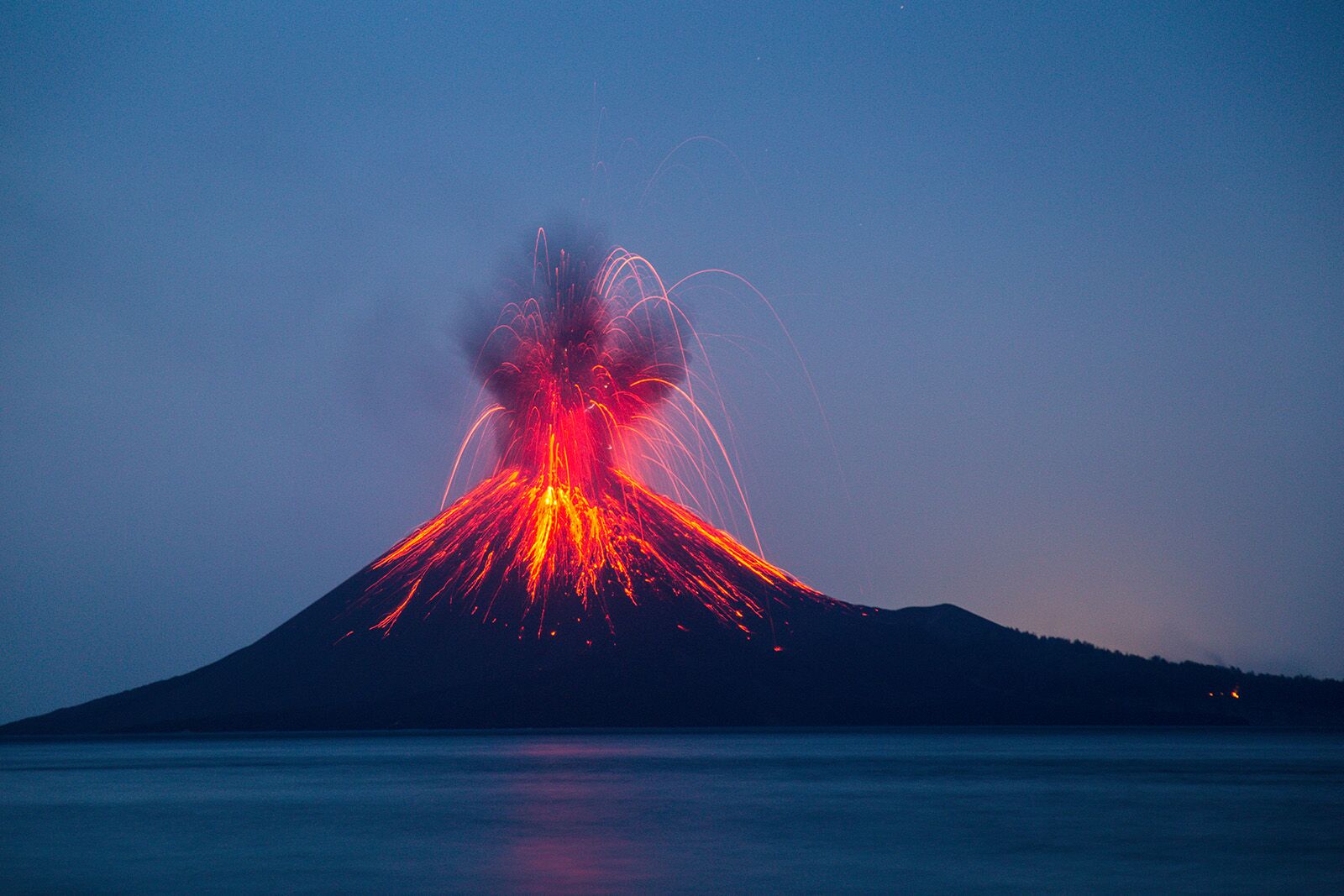
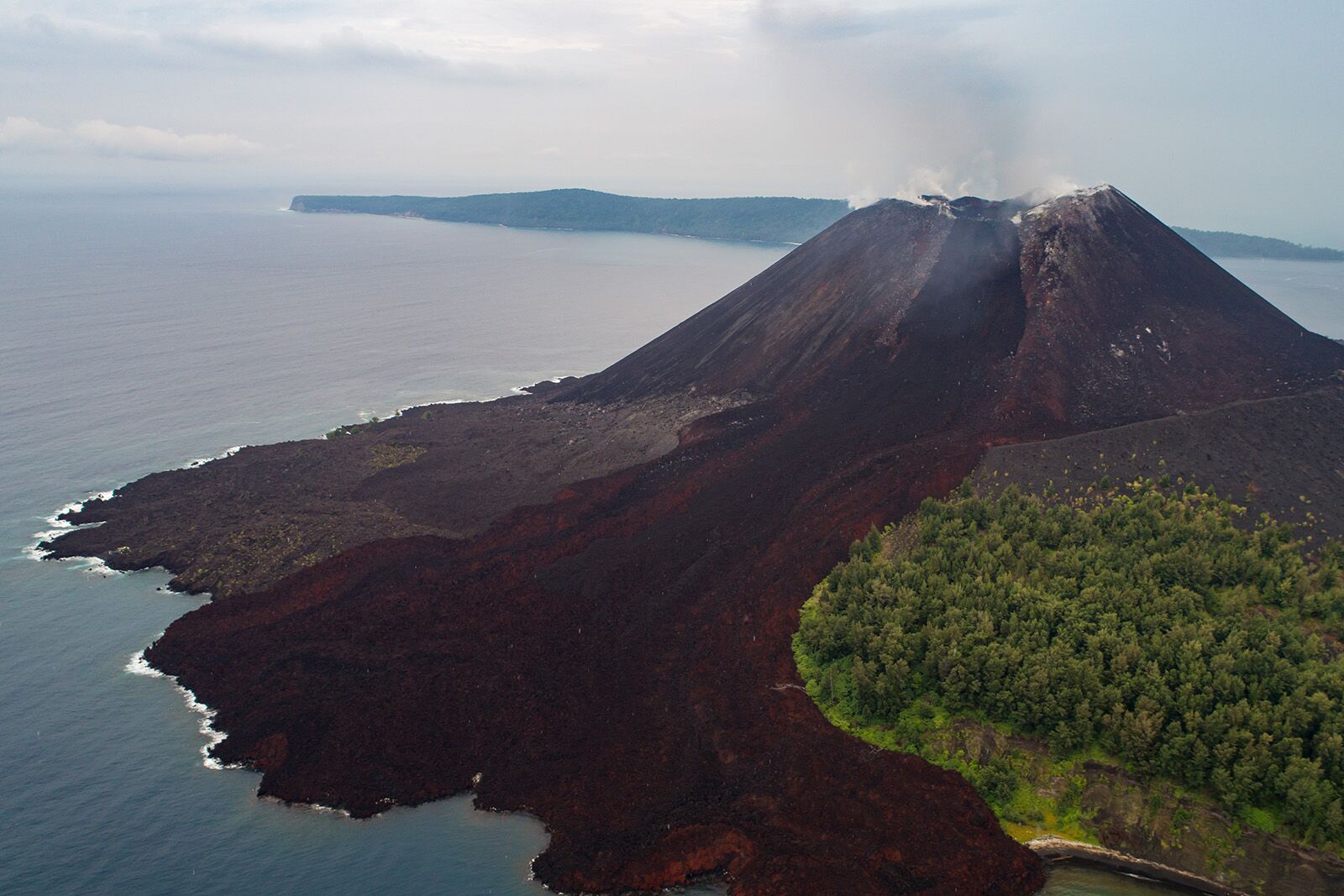
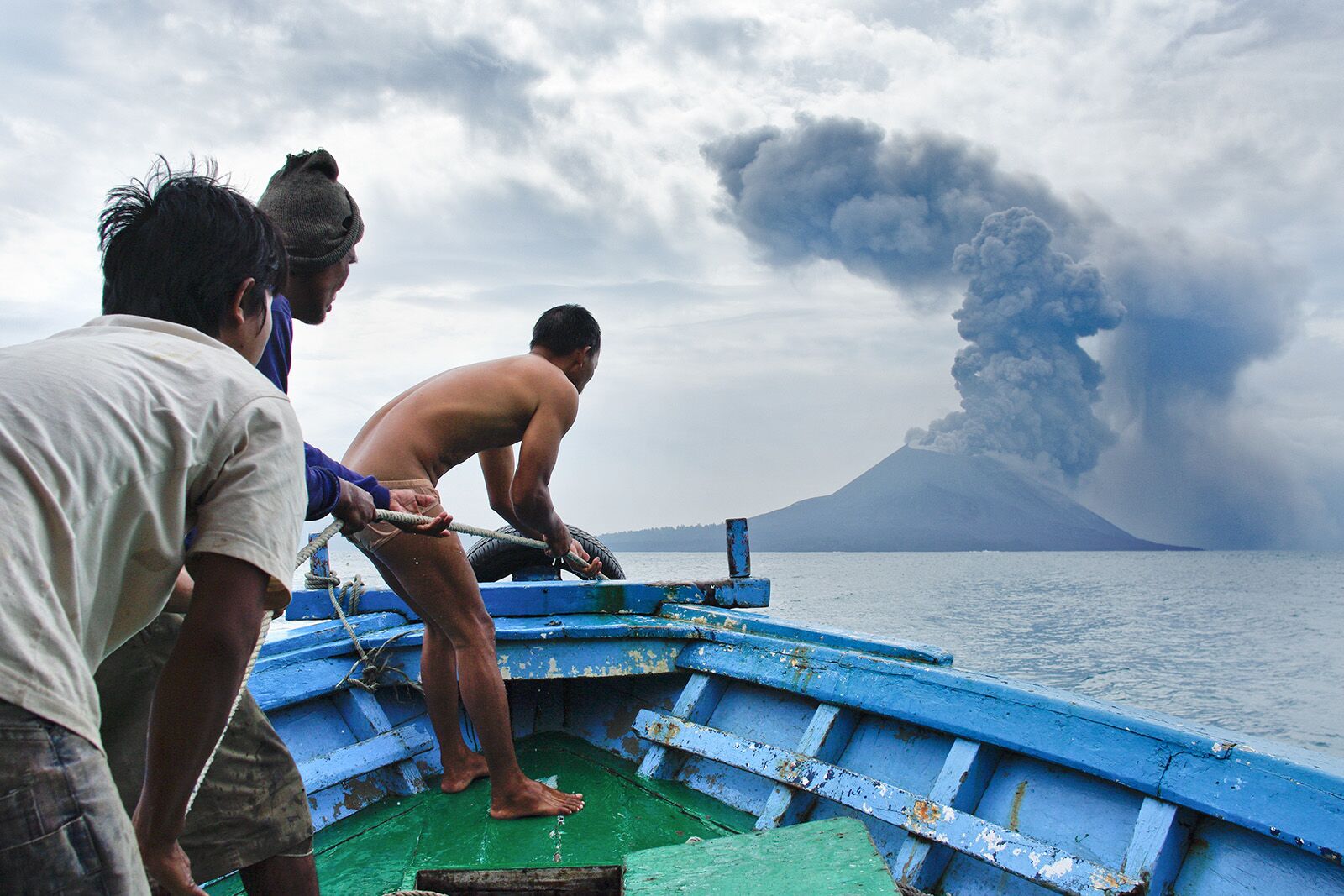
The 1883 eruption of Krakatoa remains one of the most catastrophic events in recorded history, generating a massive tsunami and altering global weather patterns. Around 1927, an underwater vent in the caldera from 1883 began erupting, eventually forming a small island in the caldera known as Anak Krakatau. Today, it continues its predecessor’s legacy with periodic eruptions, including a 2018 eruption caused a deadly tsunami and is one of the most devastating volcanic events of the 21st century.
- Nearest town: Anyer
- Accessibility: Viewable from boat tours, or go on land with a licensed guide only
- Current state: Active, with moderate eruptions
Cotopaxi, Ecuador
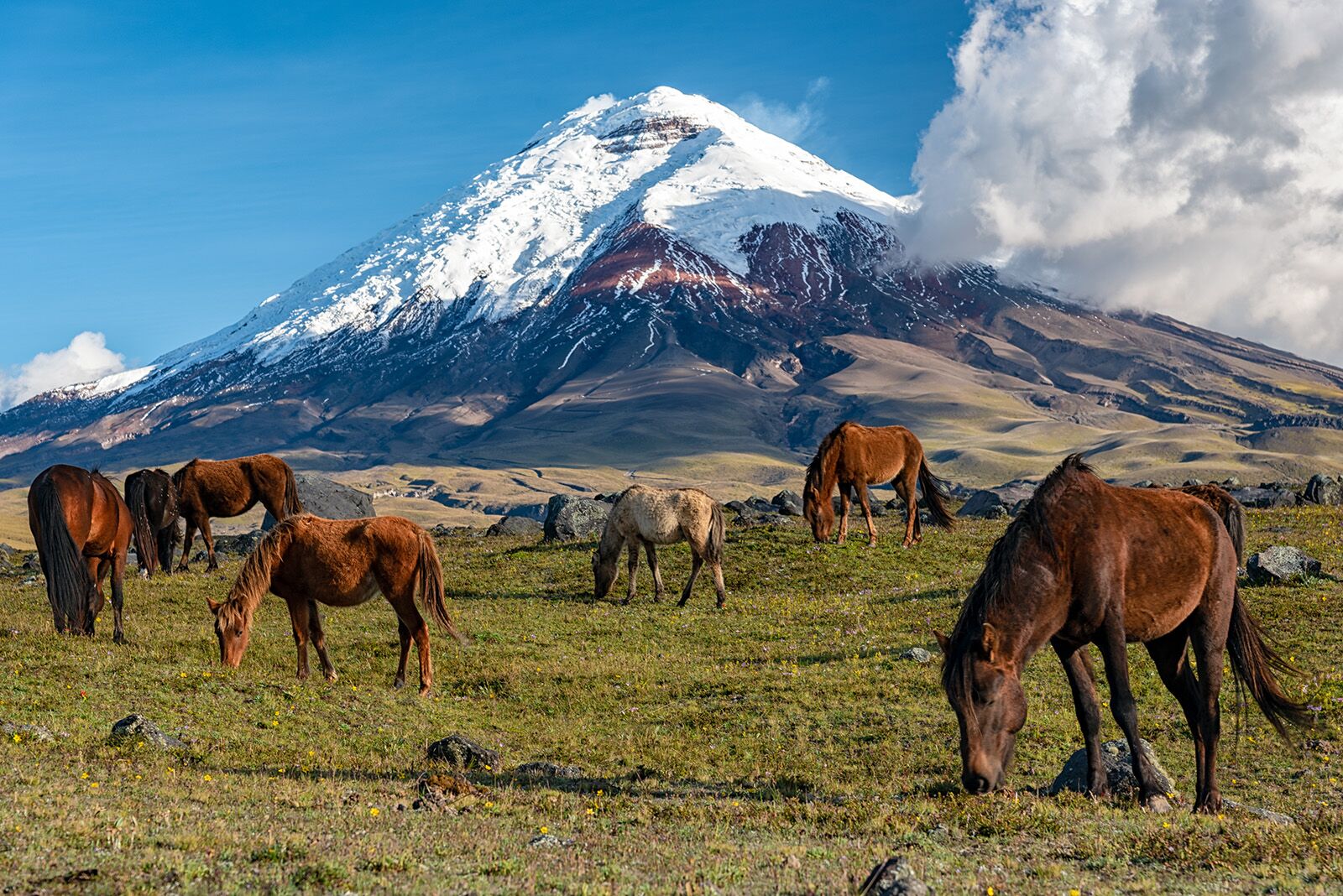

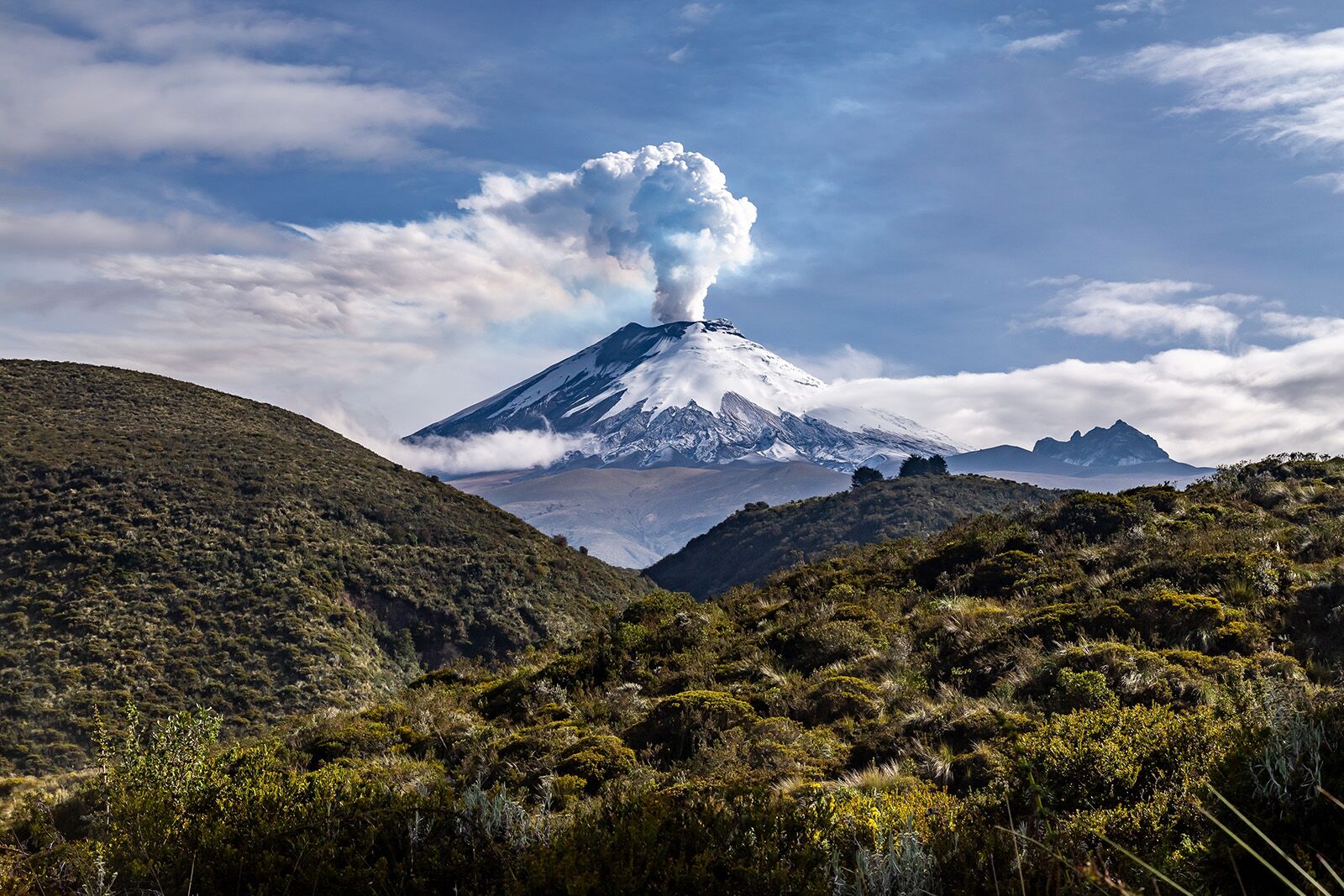
Cotopaxi, with its characteristic snow-capped peak, stands out as one of the highest active volcanoes in the world and has erupted more than 50 times since the mid-18th century. For the Indigenous peoples of the Andes, including the Quichua and other groups, Cotopaxi has long been considered a sacred mountain (apus) believed to house powerful spirits. To many, mountains are seen as living beings with immense spiritual significance. Cotopaxi, as one of the tallest and most imposing peaks, was revered as a protector and a deity. It’s considered one of the coolest volcanoes to photograph, as the contrast between its icy summit and fiery core offers a visual and experiential thrill for mountaineers and adventurers.
- Nearest town: Latacunga
- Accessibility: Summiting permitted, but non-Ecuadorians must go with a mountaineering guide
- Current state: Active with periodic eruptions and fumaroles
- Where to stay: The best “Top of the World” Airbnbs
Popocatépetl, Mexico
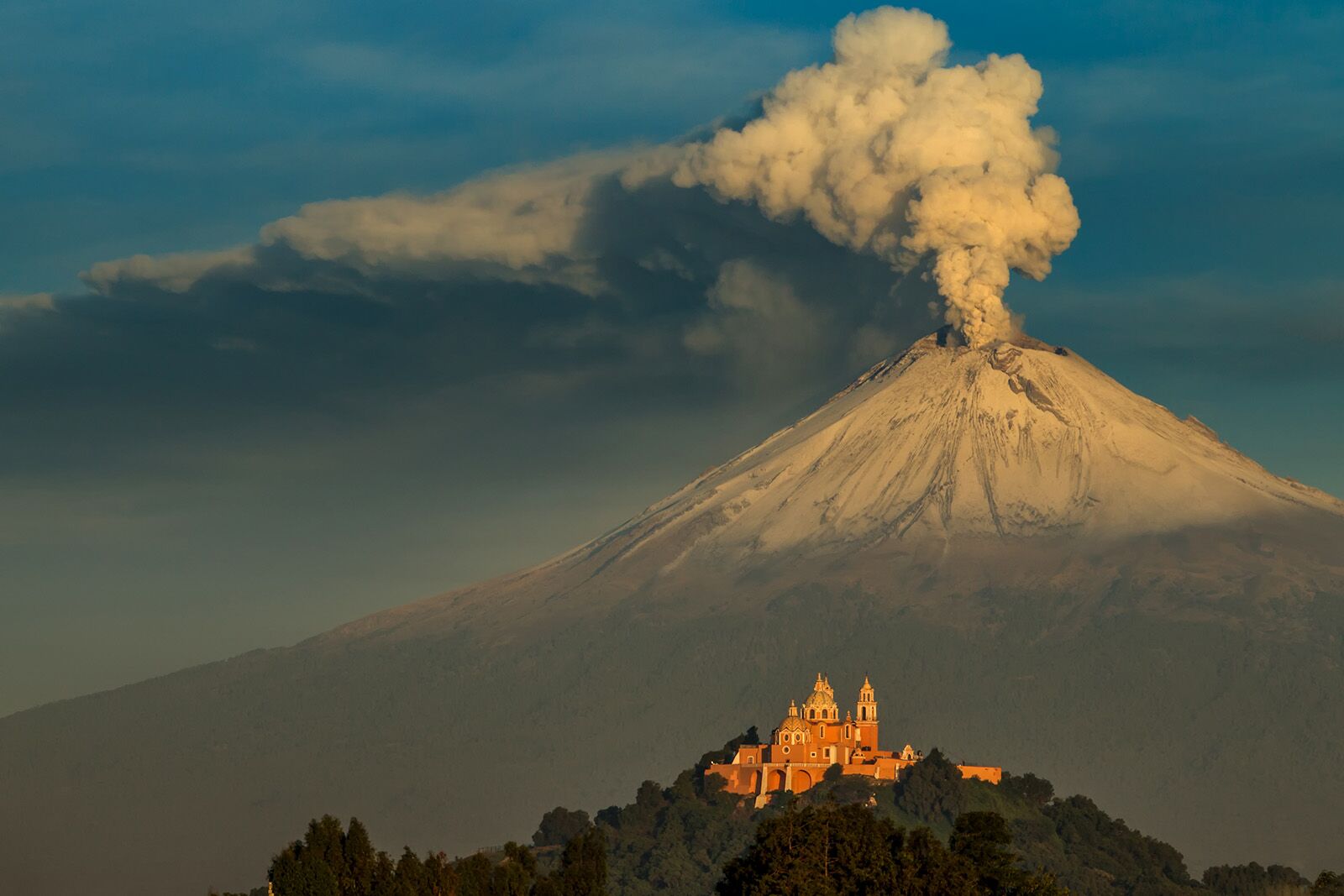
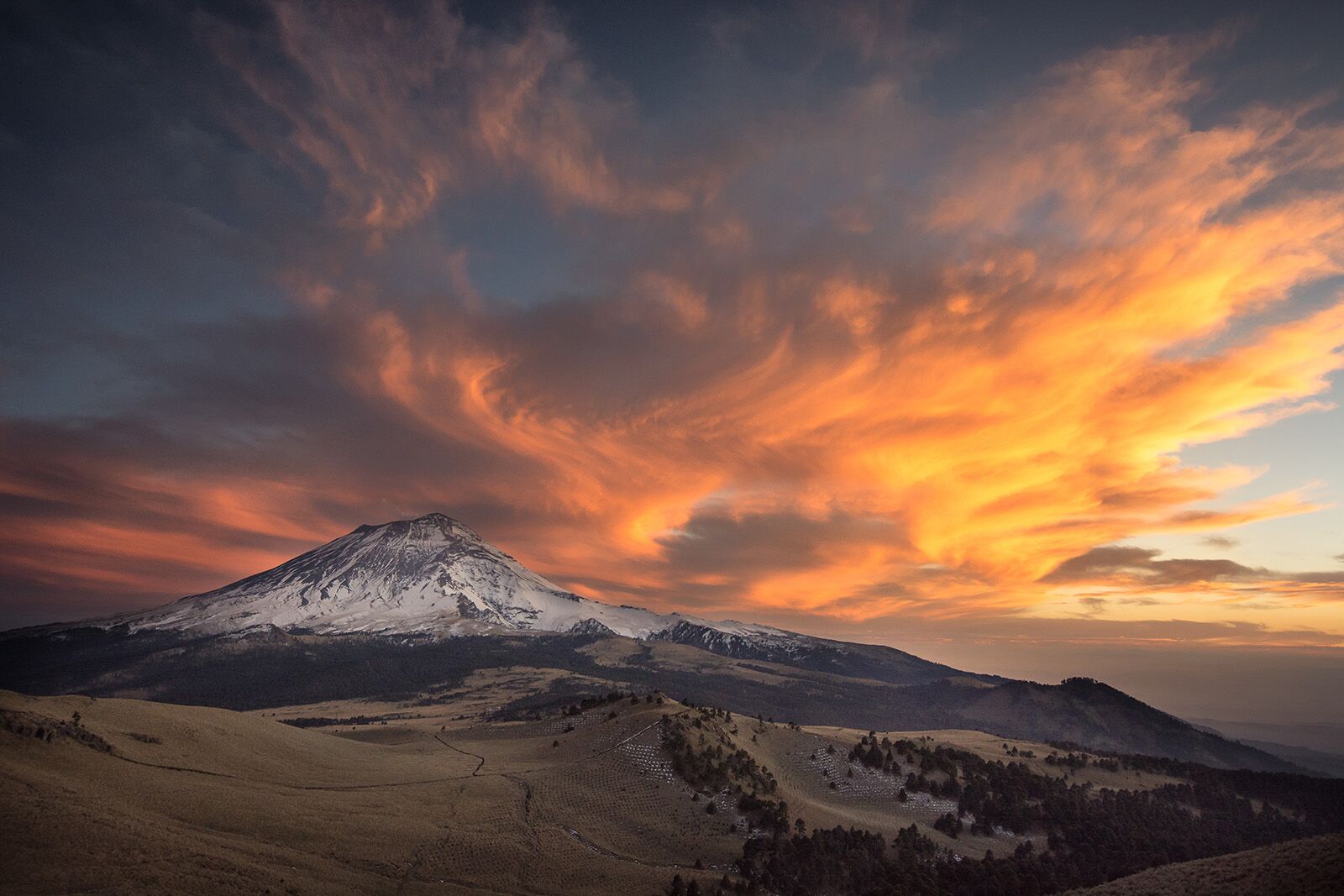
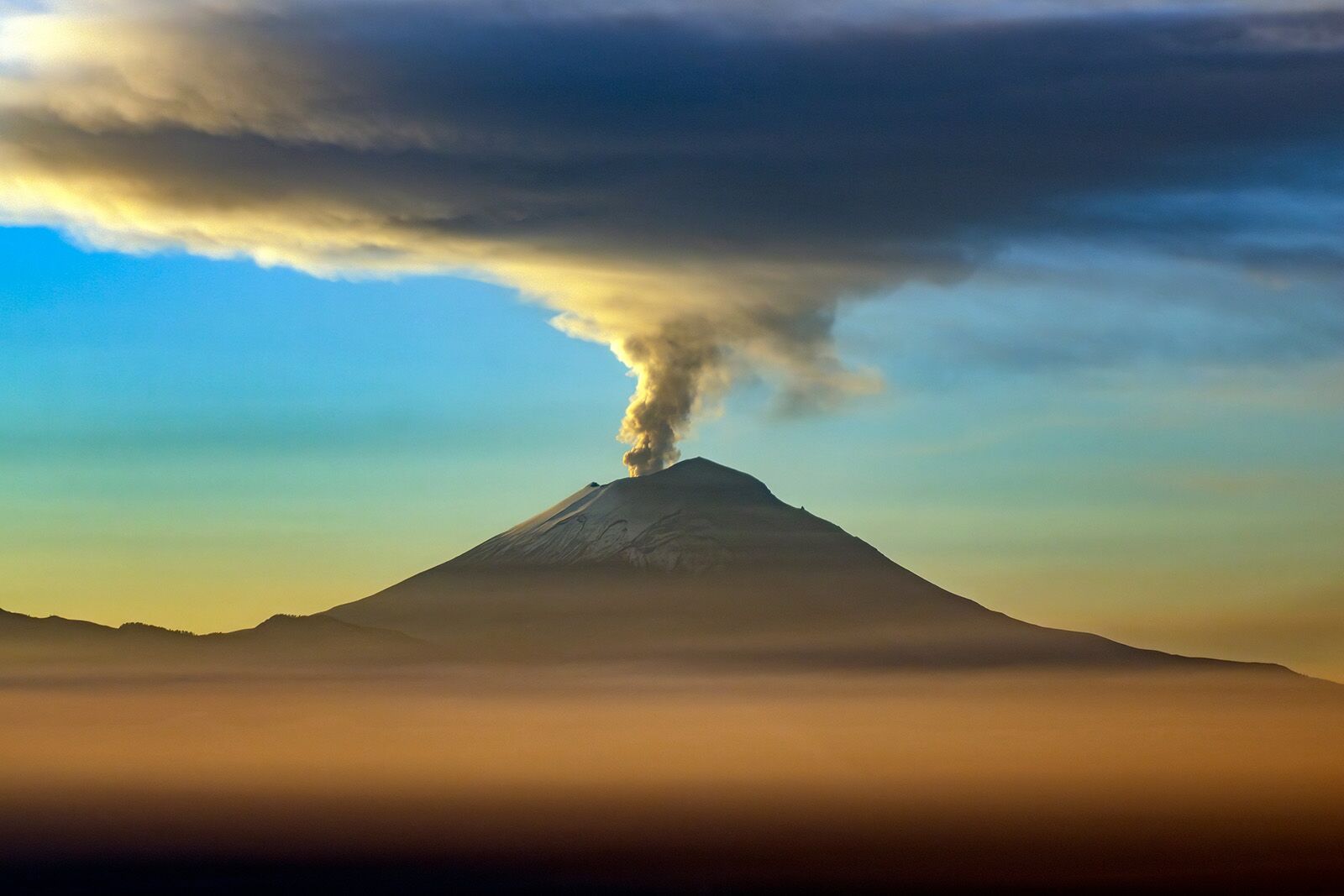
Popocatépetl, or “the Smoking Mountain,” is Mexico’s second-highest peak. The volcano has erupted several times throughout history, with at least 15 major eruptions since the arrival of the Spanish in 1519. Currently, access to the mountain is restricted, but you can find some of the coolest volcanic views in the world from Izta-Popo Zoquiapan National Park. Popocatépetl’s current activity phase started in 1994, and occasionally produces ash plumes visible from as far as Mexico City, roughly 50 miles away.
- Nearest town: Amecameca
- Accessibility: Access is banned, but there are views from lookouts around Izta-Popo Zoquiapan National Park
- Current state: Active with frequent ash emissions
- Where to stay: The best Airbnbs in Mexico City
Villarrica, Chile
Villarrica is one of Chile’s coolest volcanoes — and one of the most active. It even sometimes has a lake within its crater, depending on recent geothermal activity. It was dormant for much of its history, but became active again in the 1960s. In 2024, it experienced a series of minor eruptions during the Southern Hemisphere’s winter, reaffirming its status as a popular but dangerous hiking destination.
- Nearest town: Pucón
- Accessibility: Hiking allowed with licensed guides only
- Current state: Active, with occasional lava flows and ash emissions
